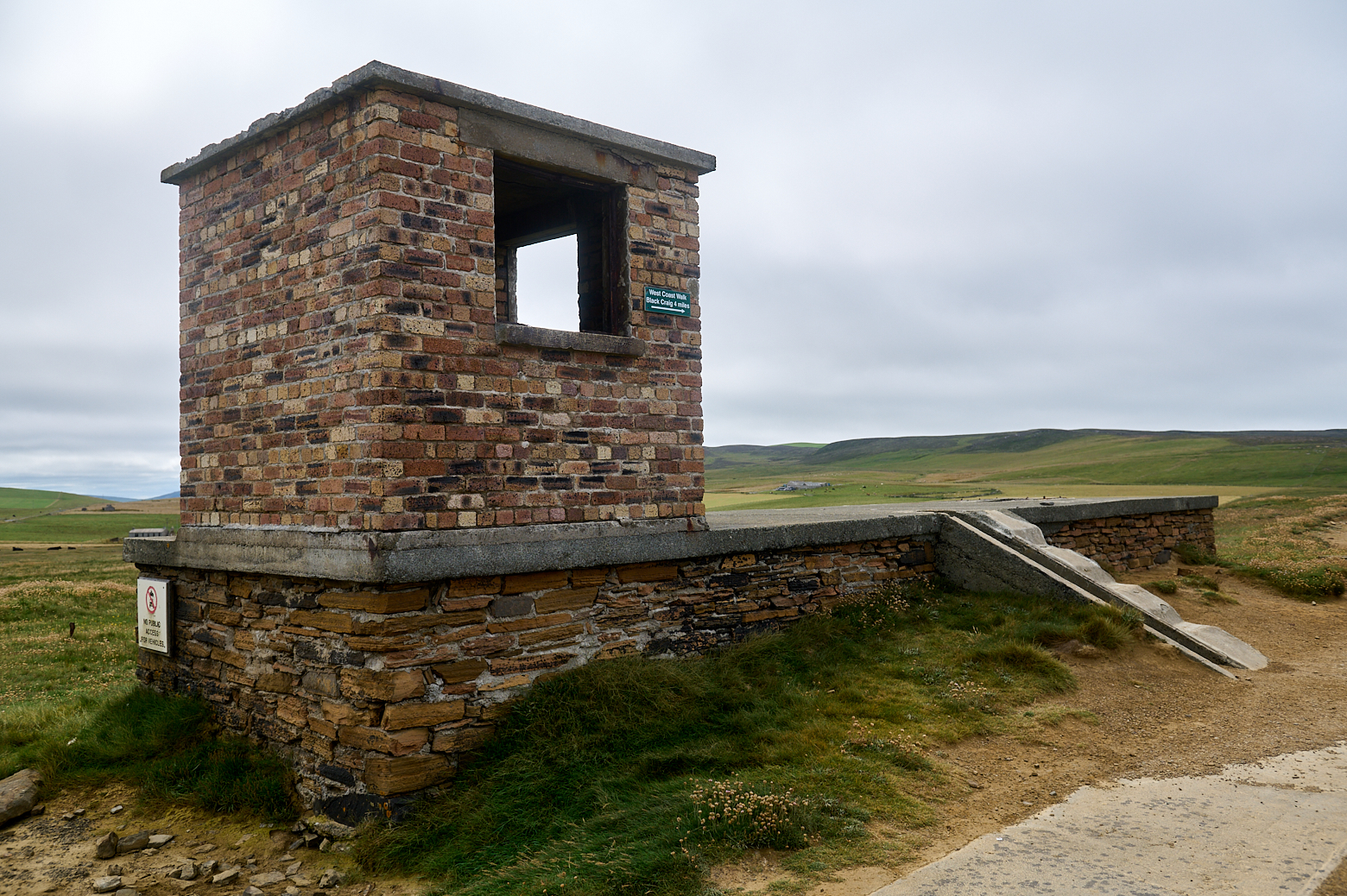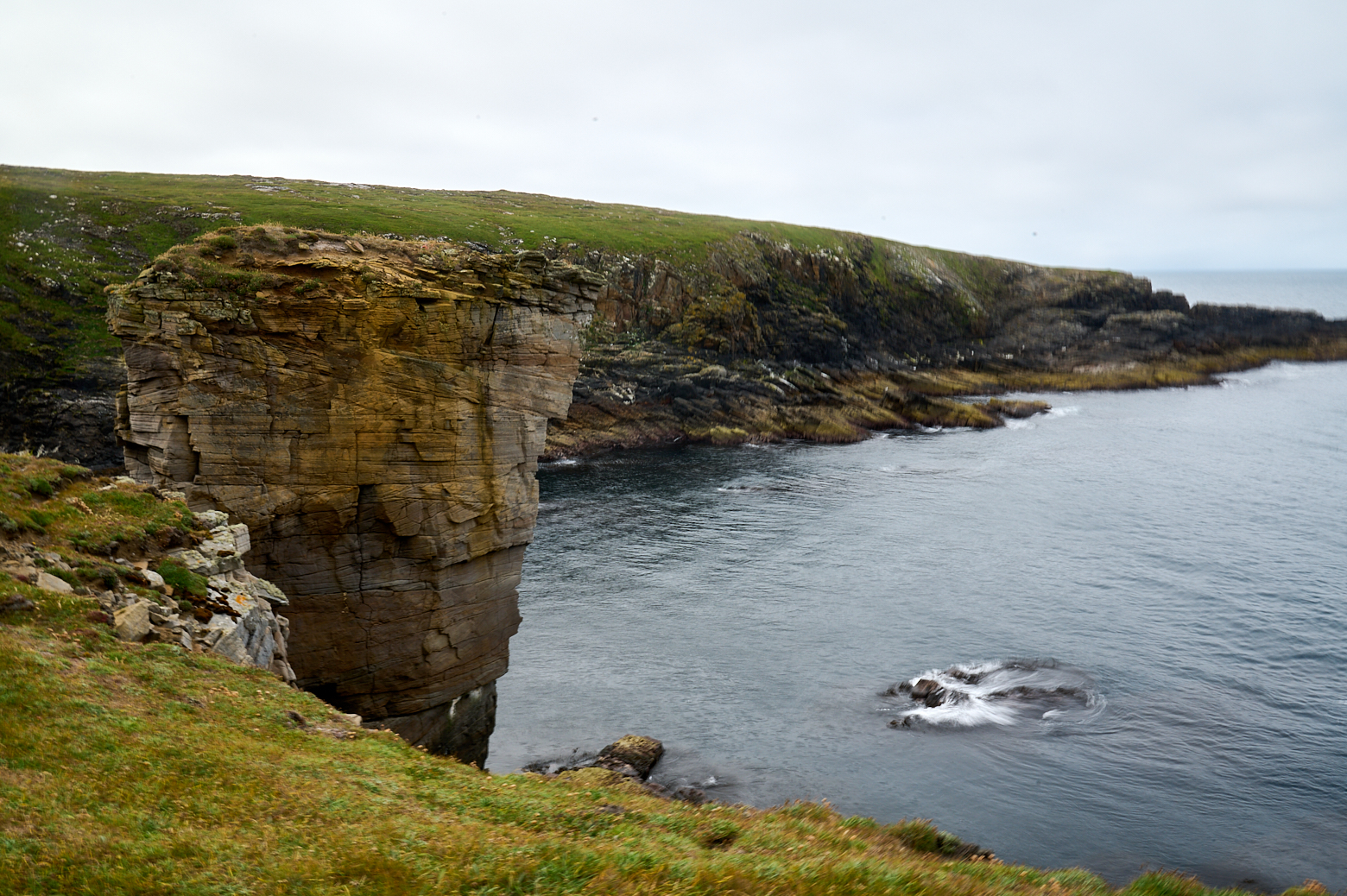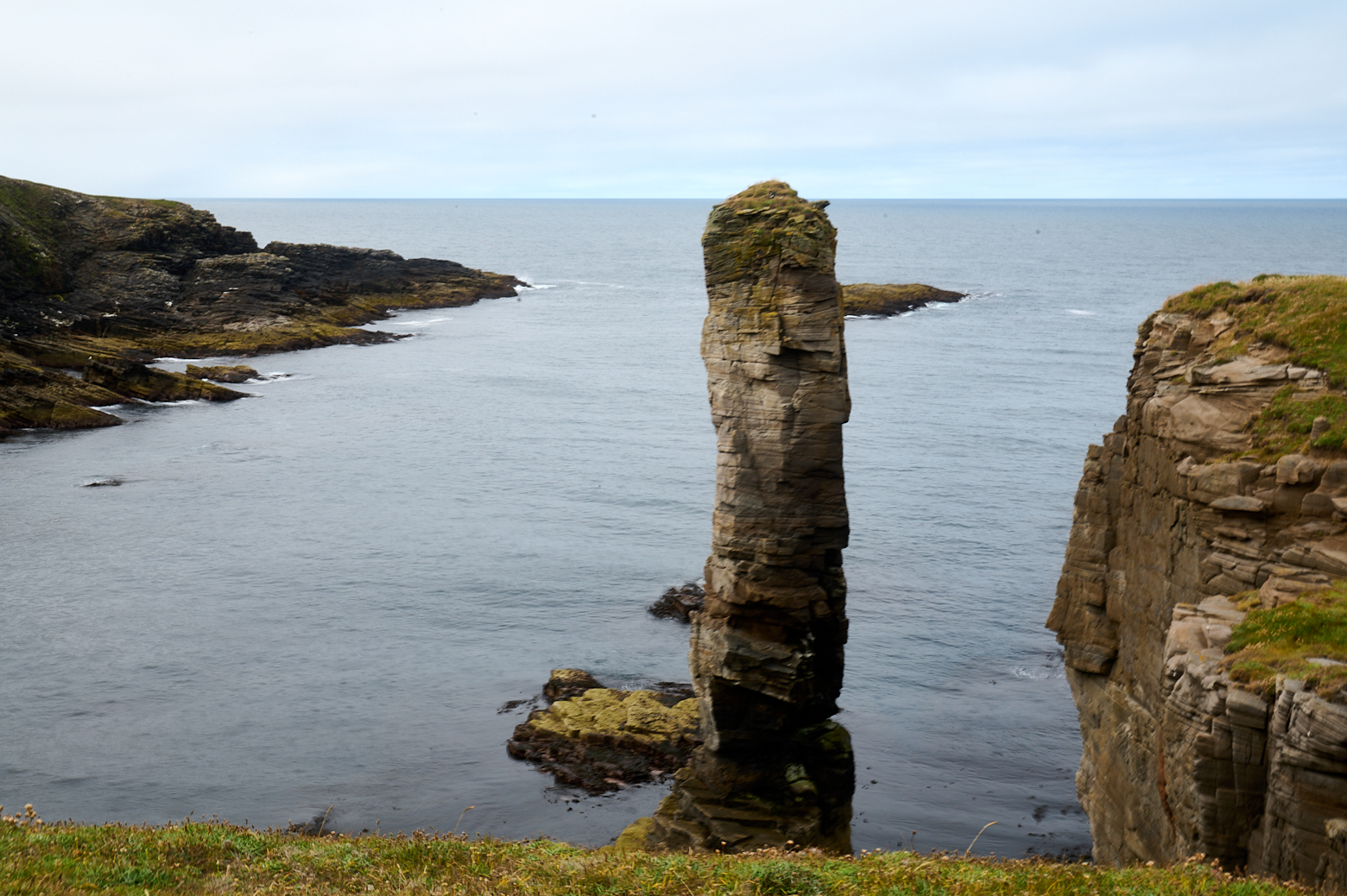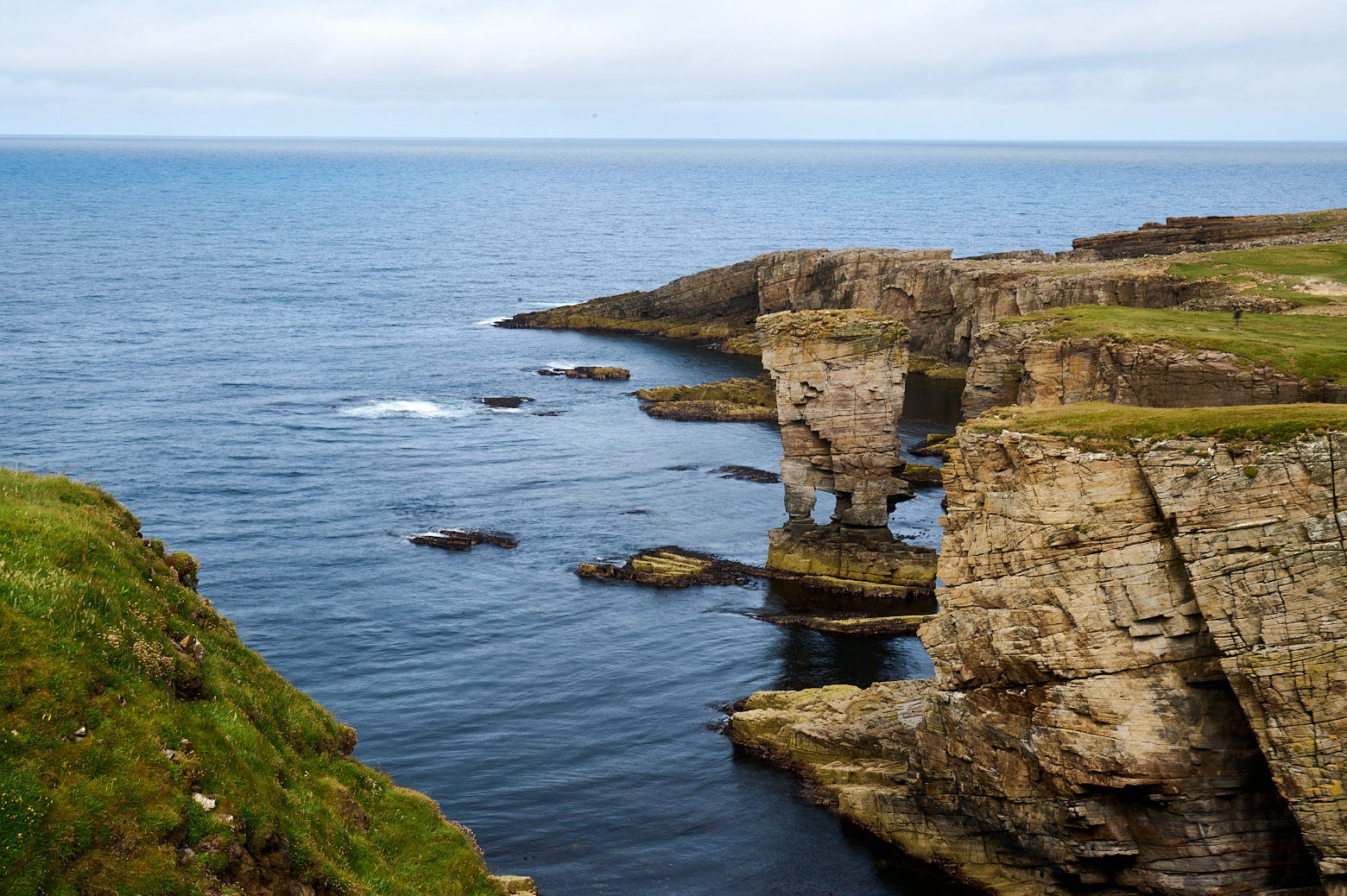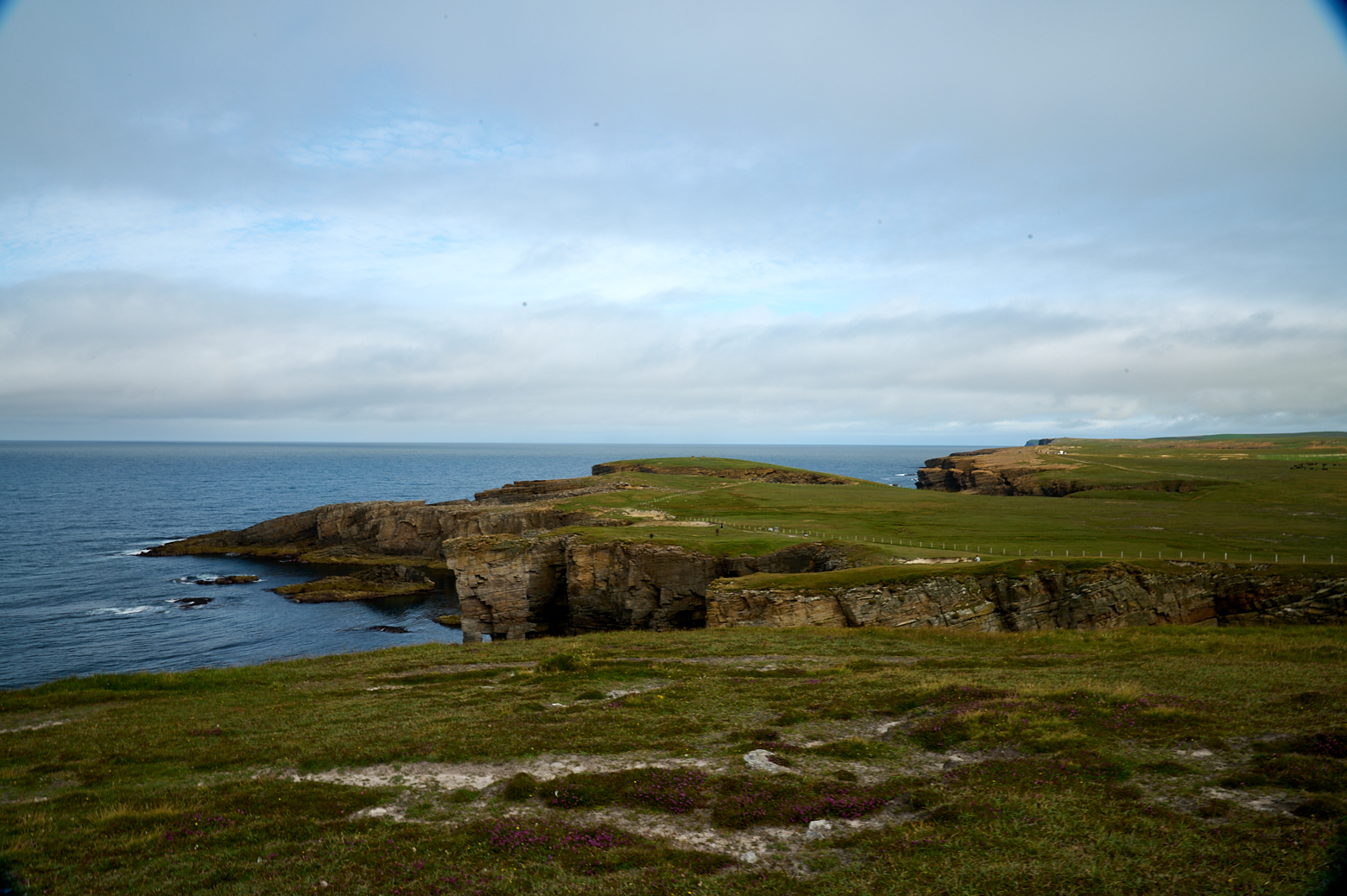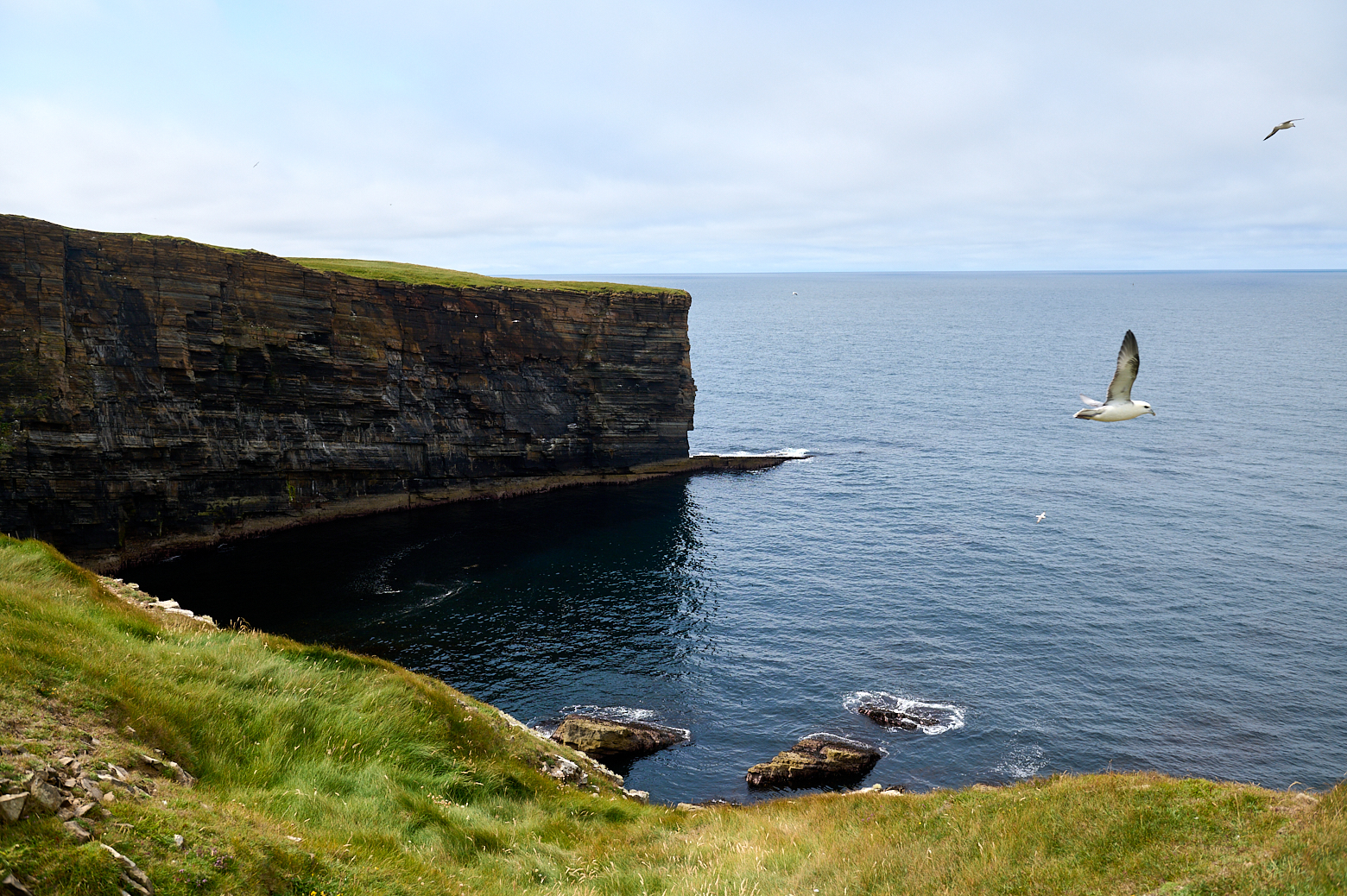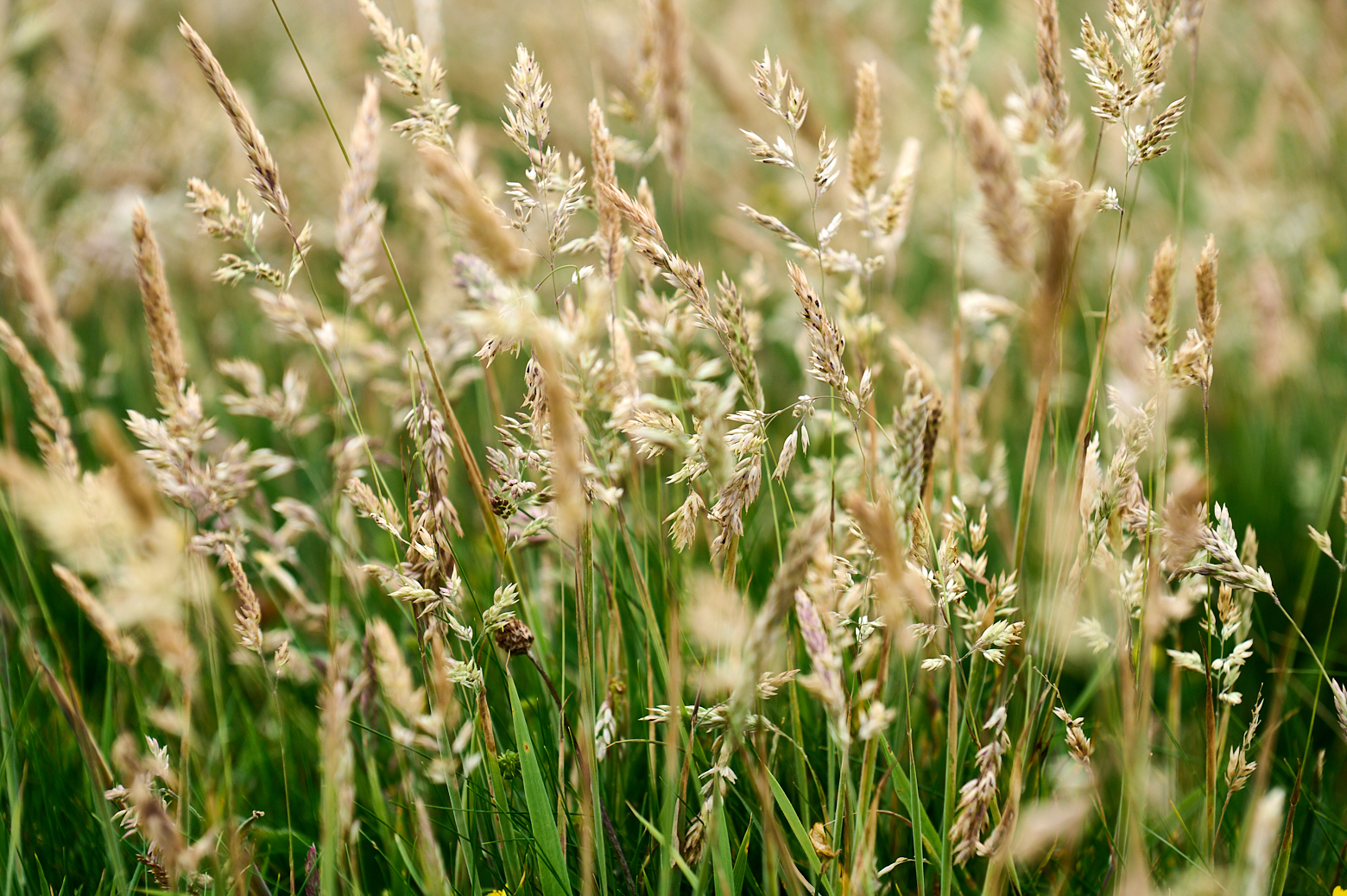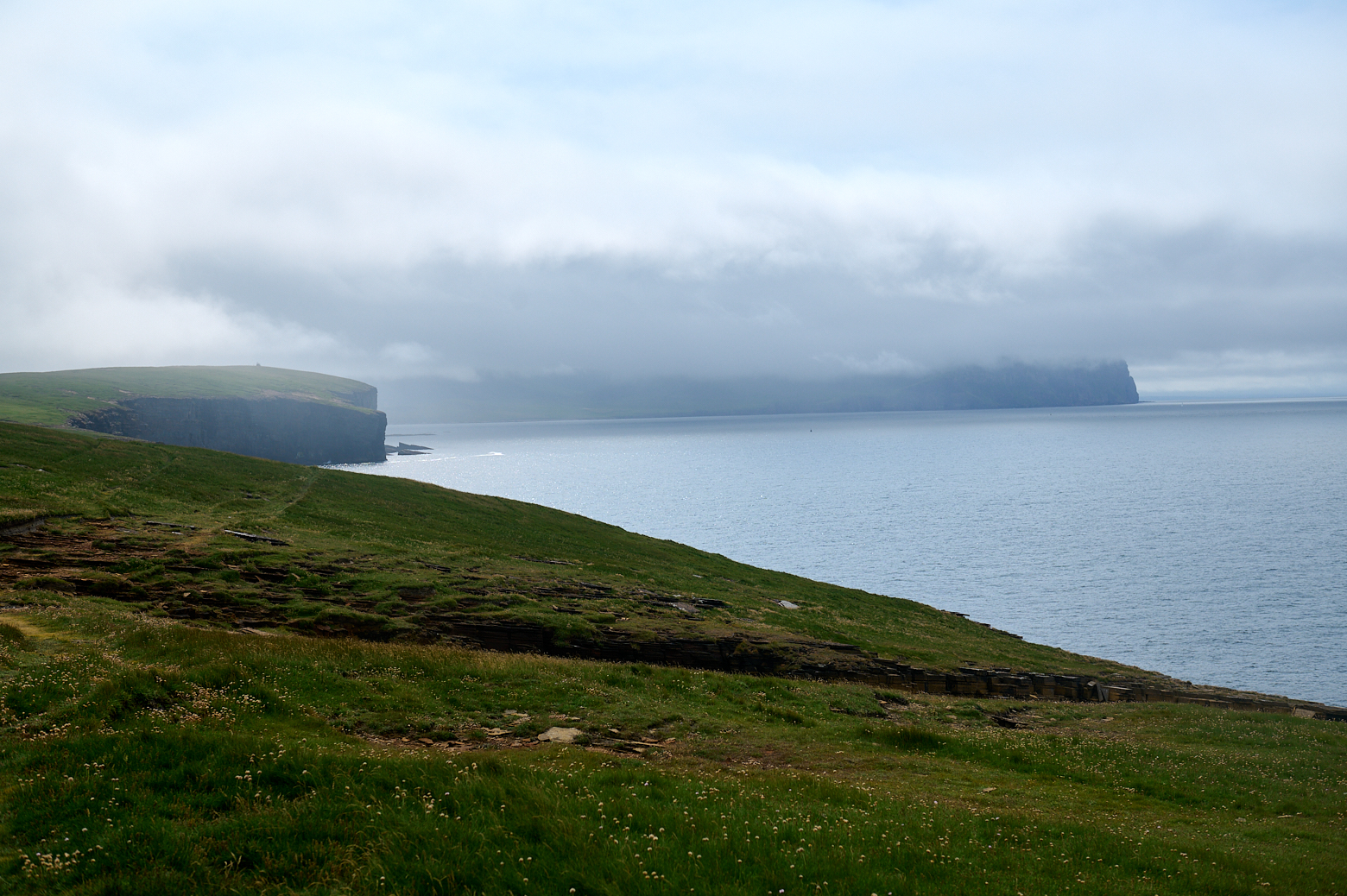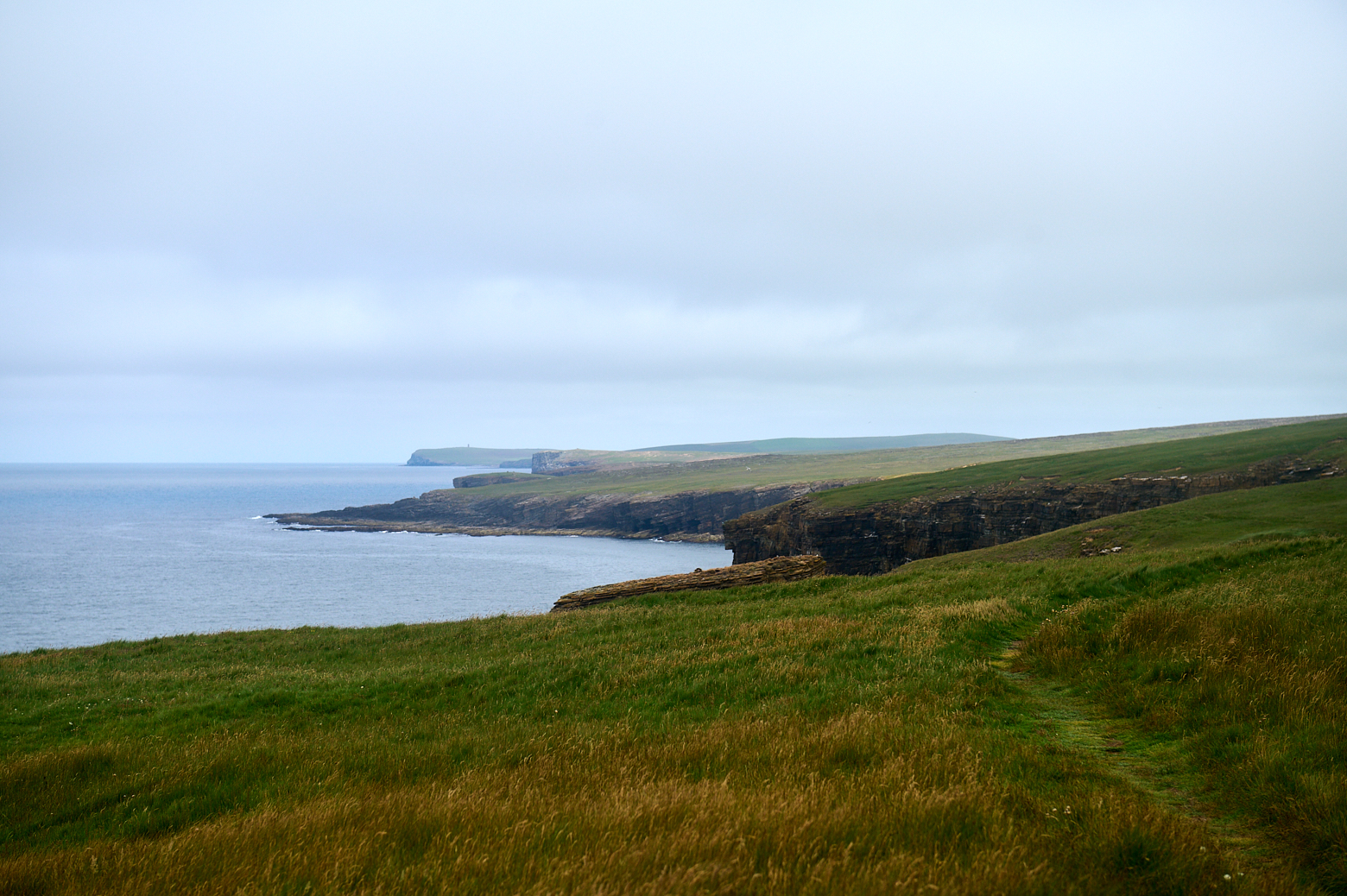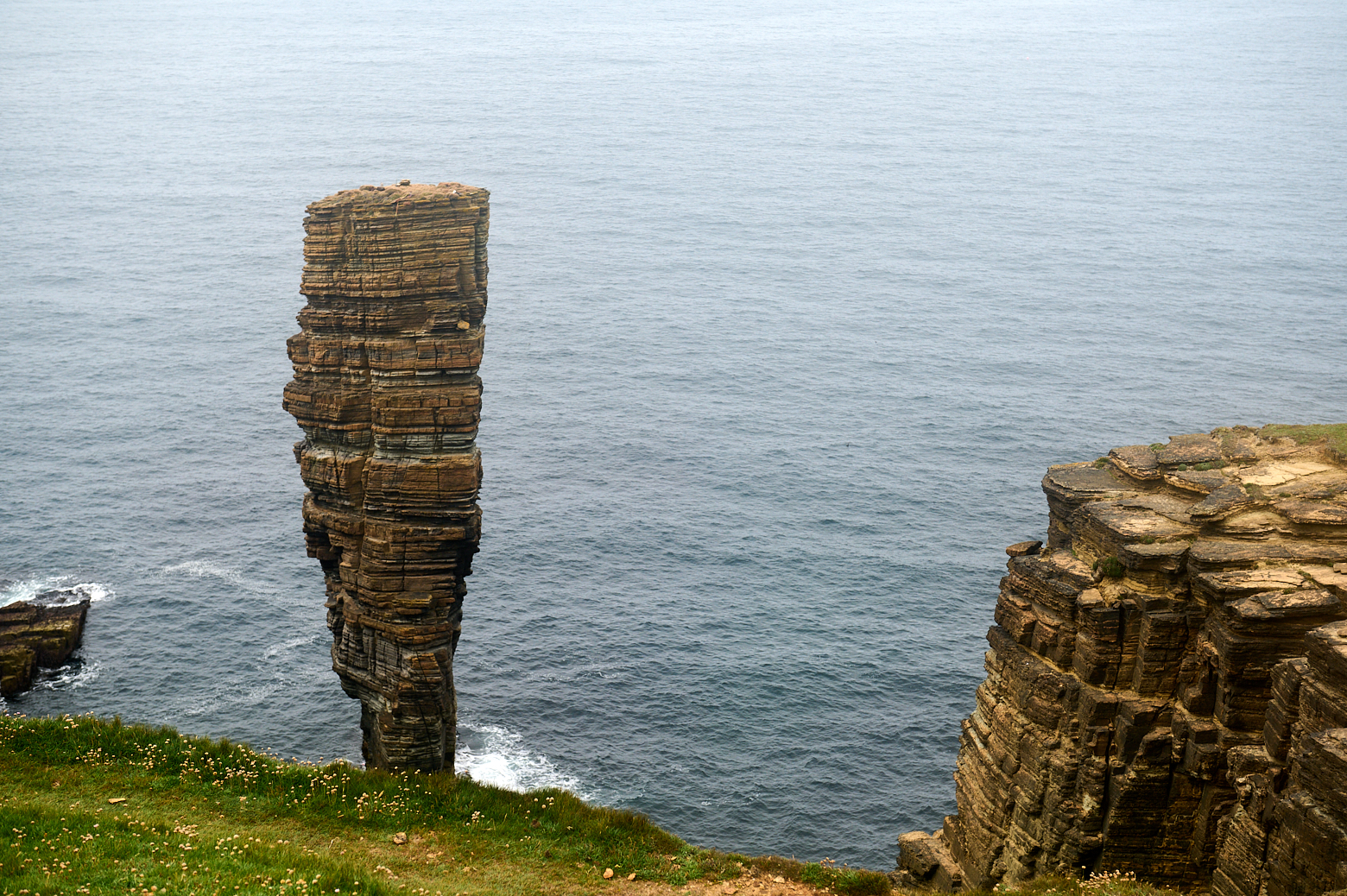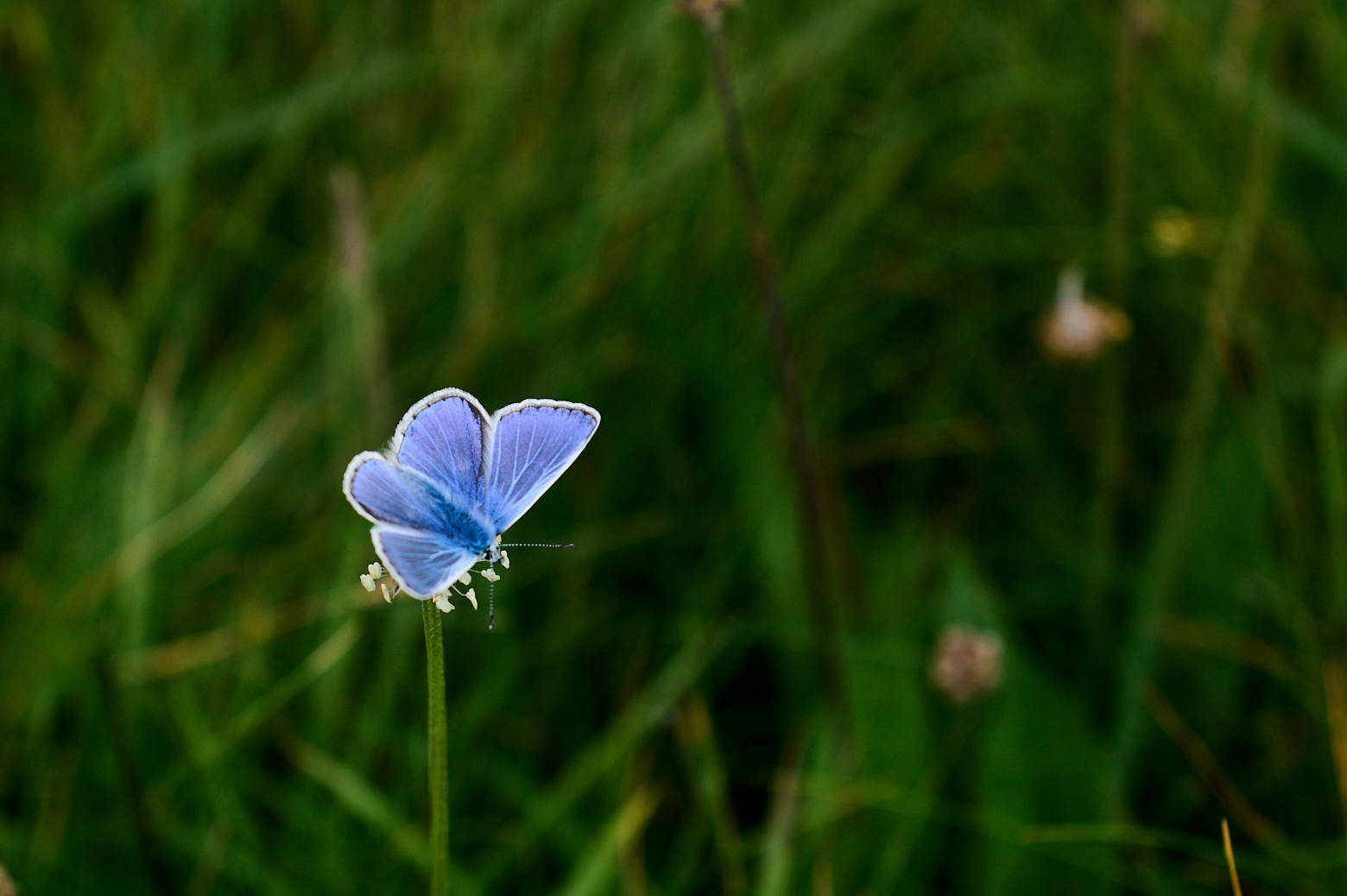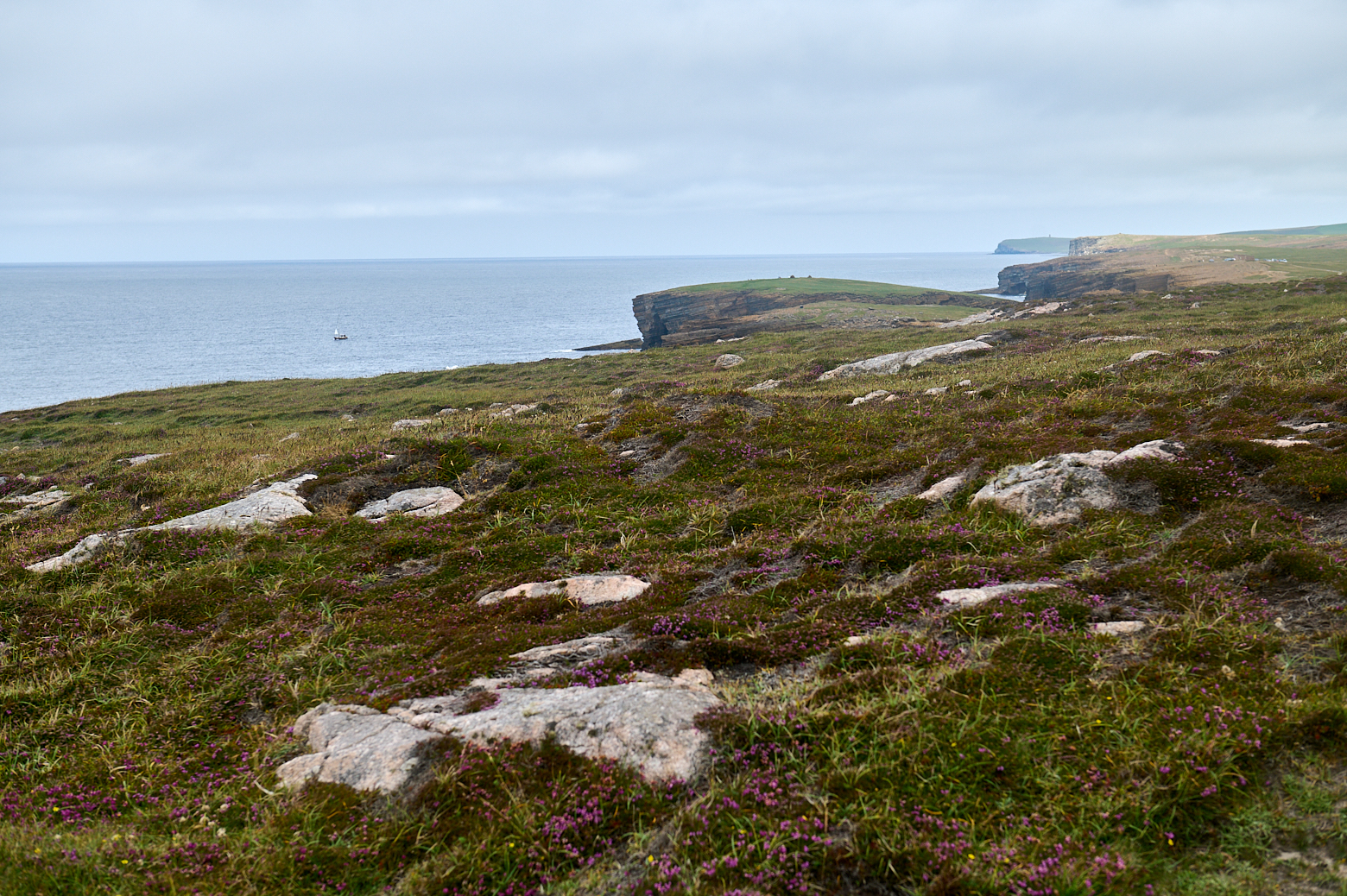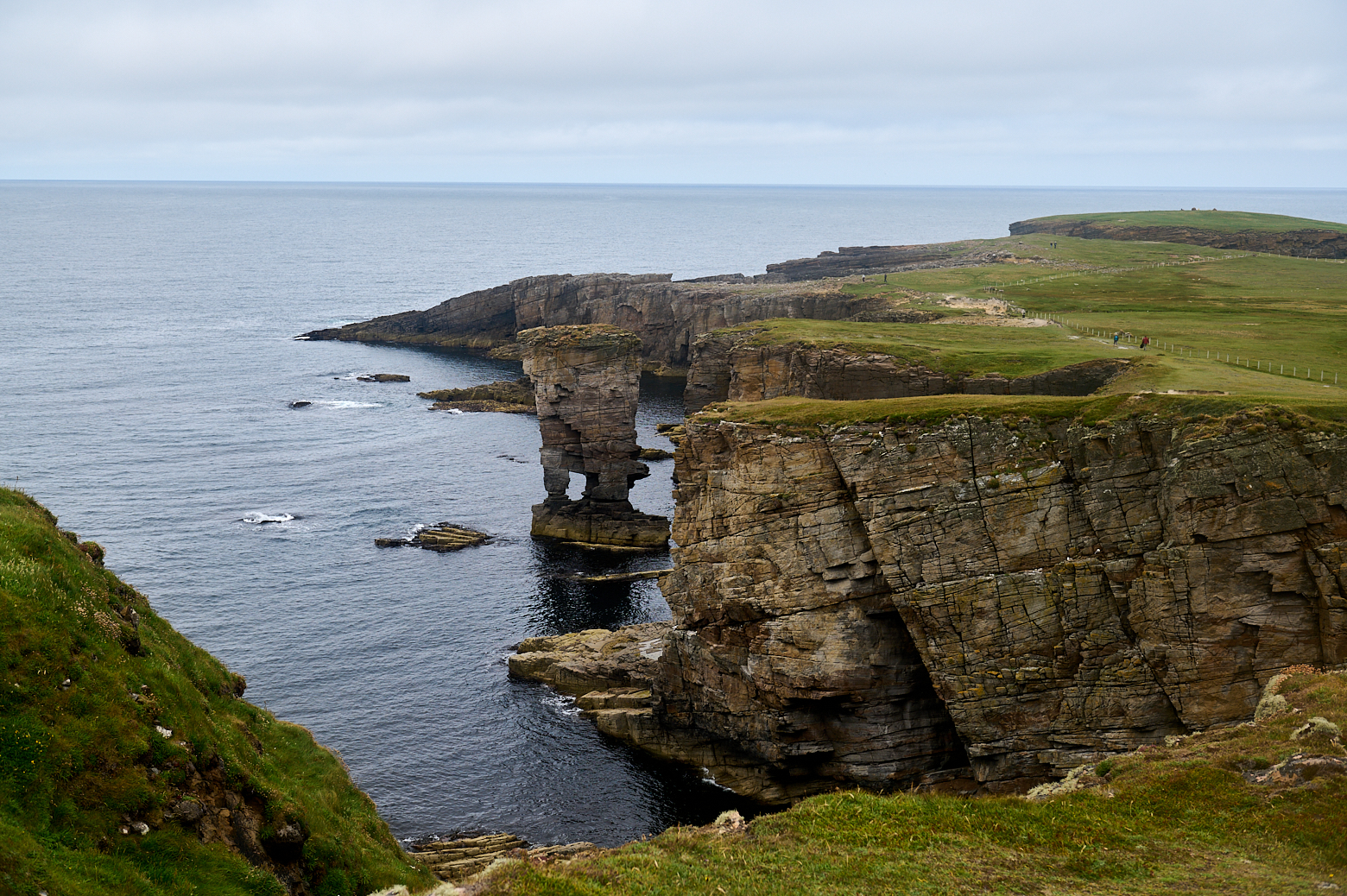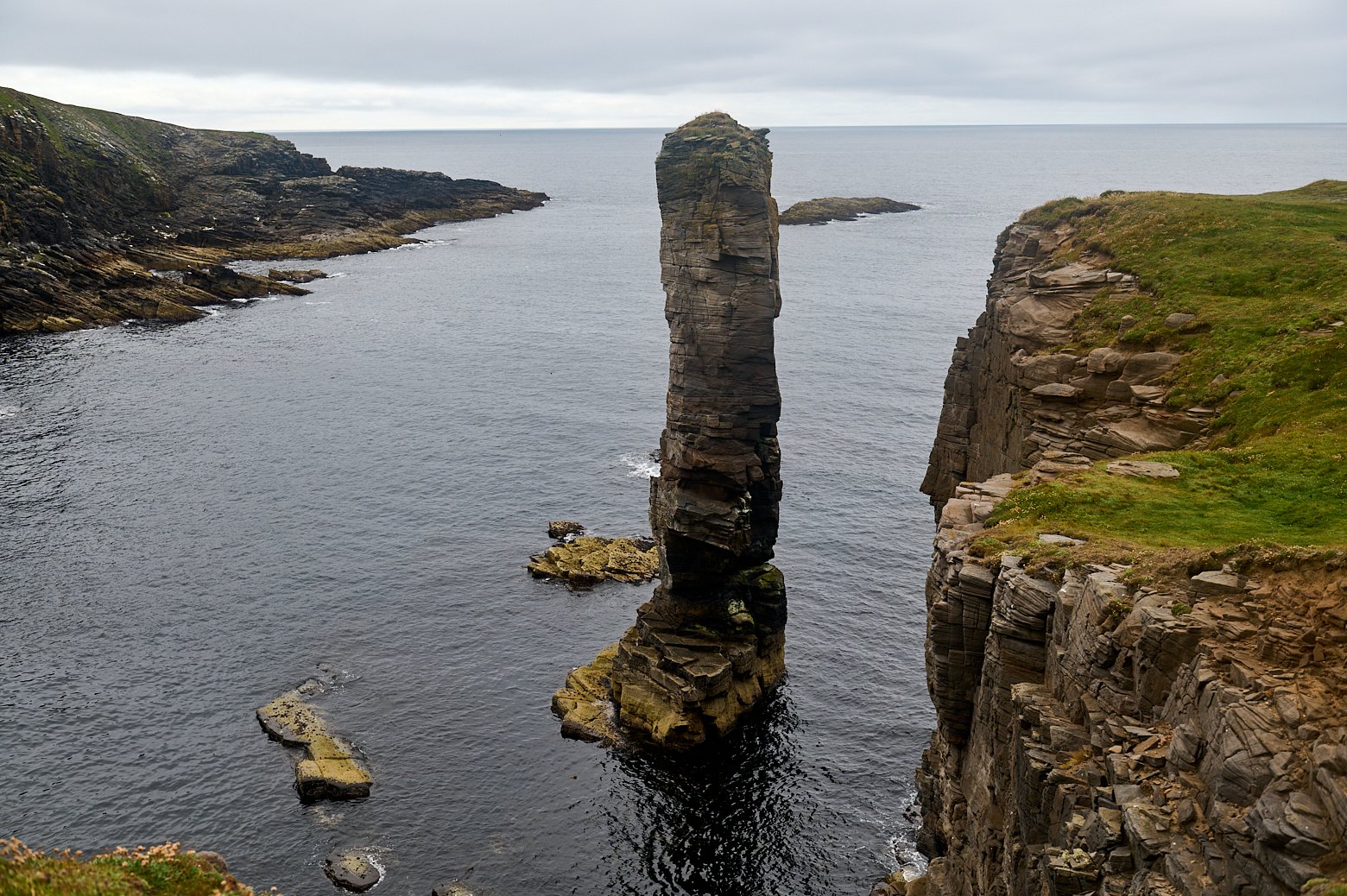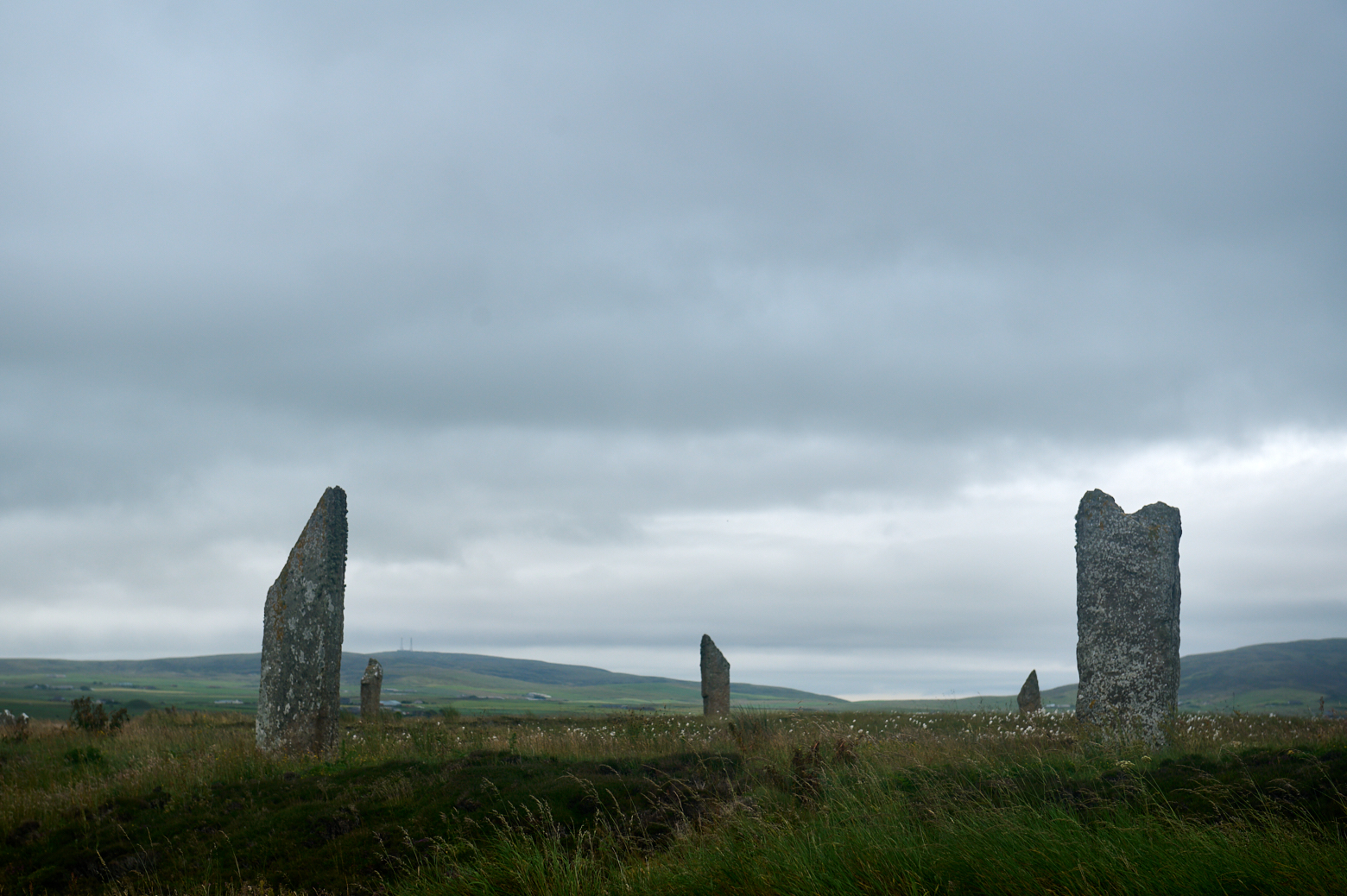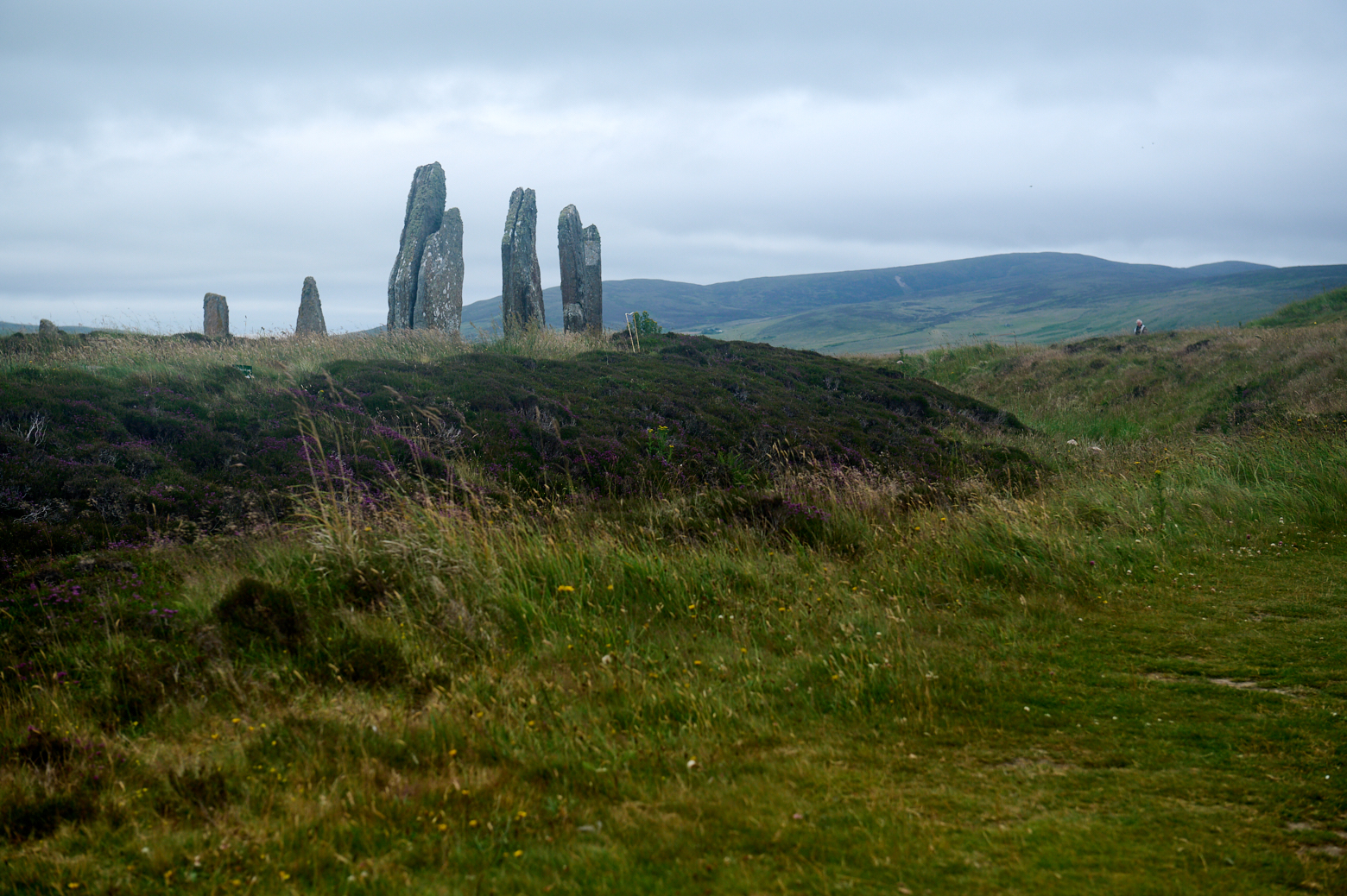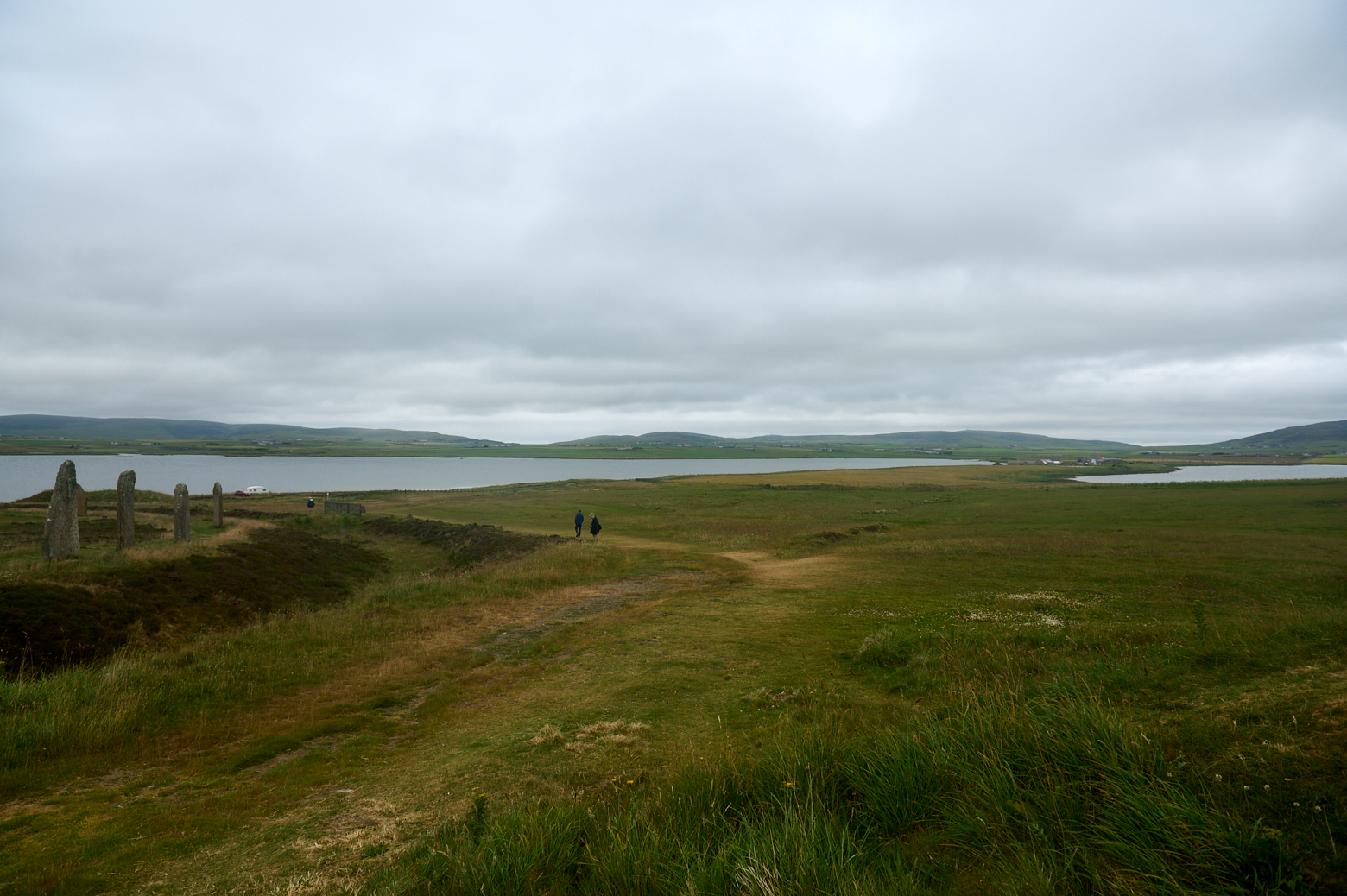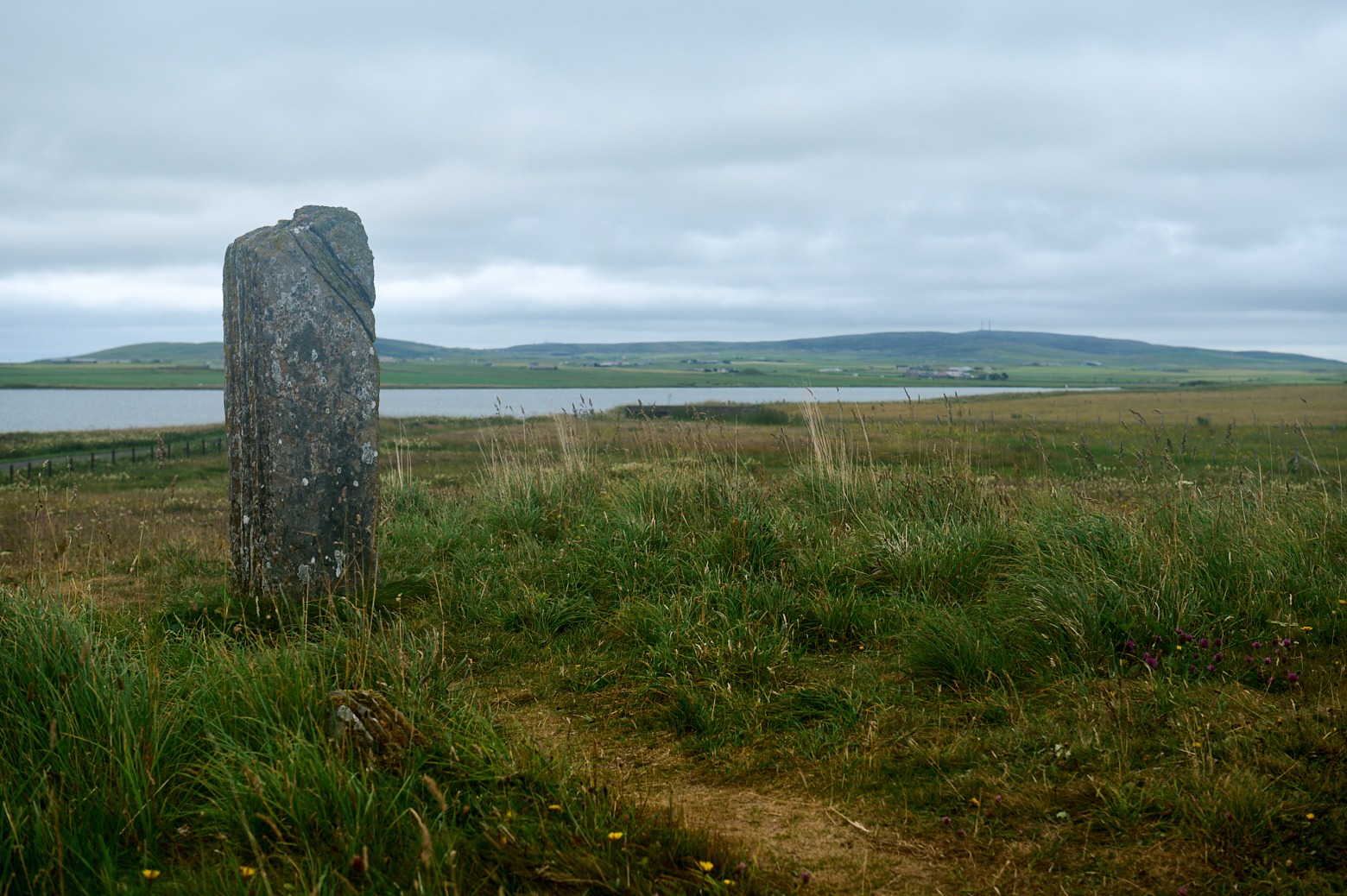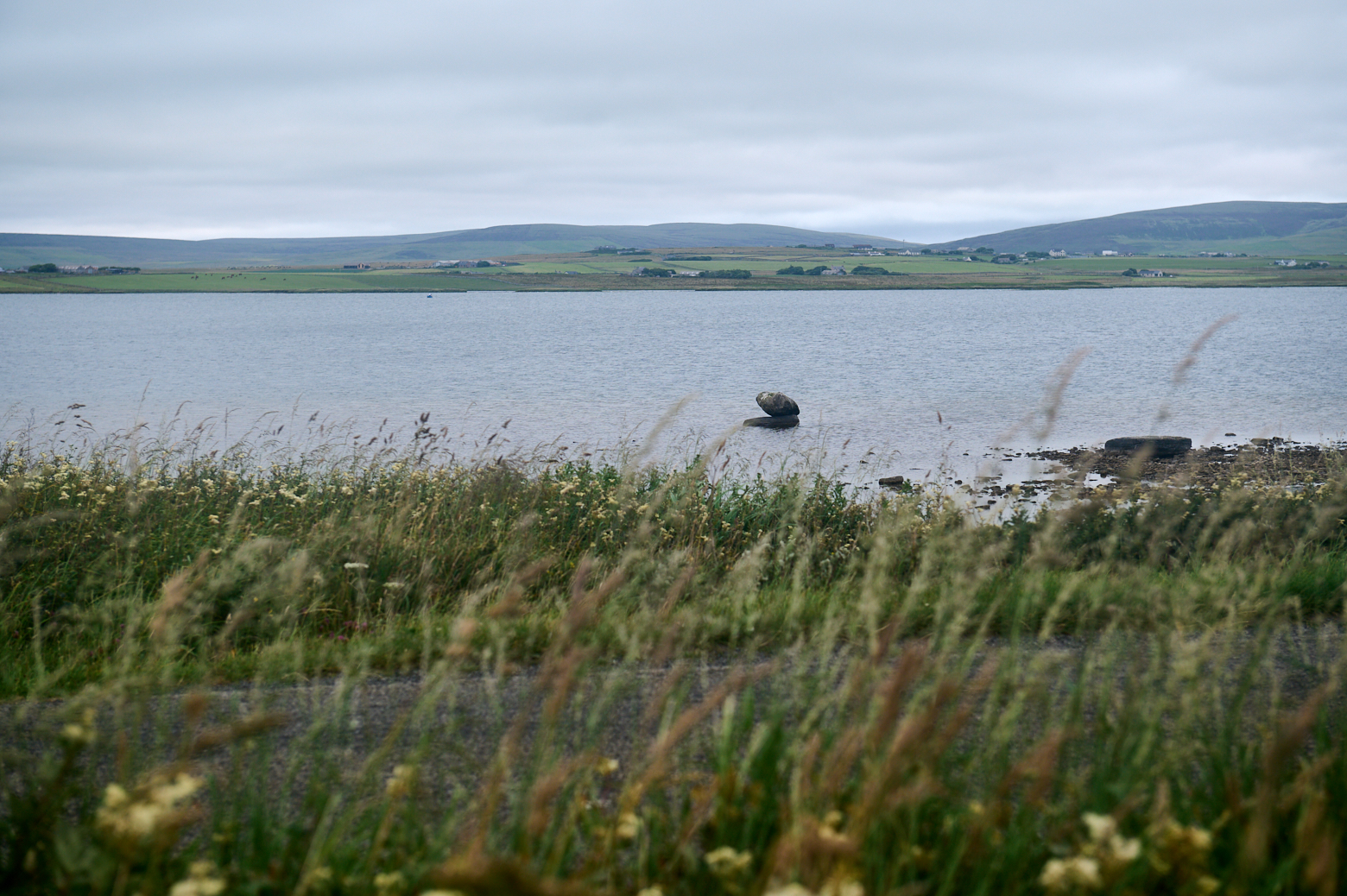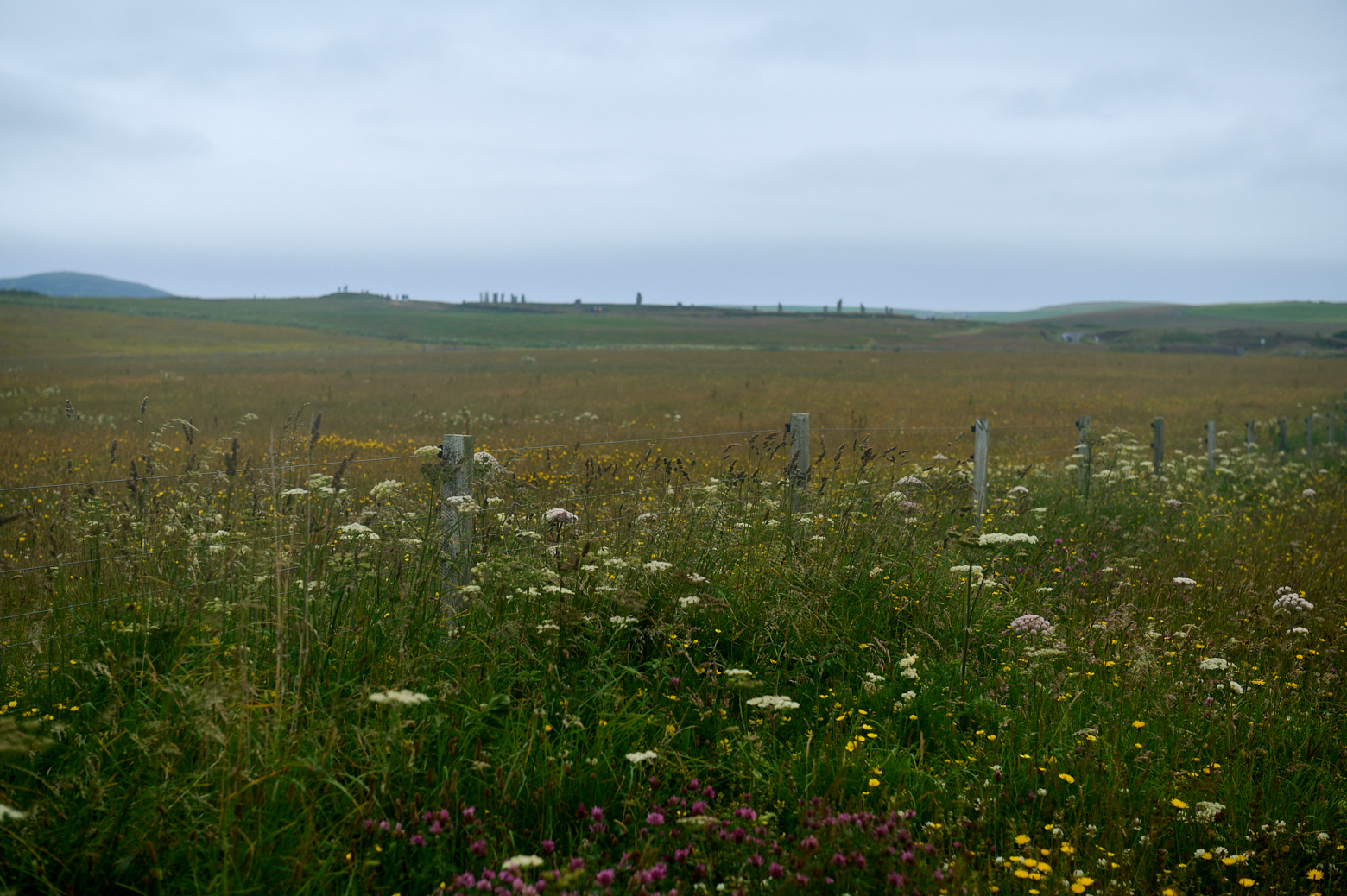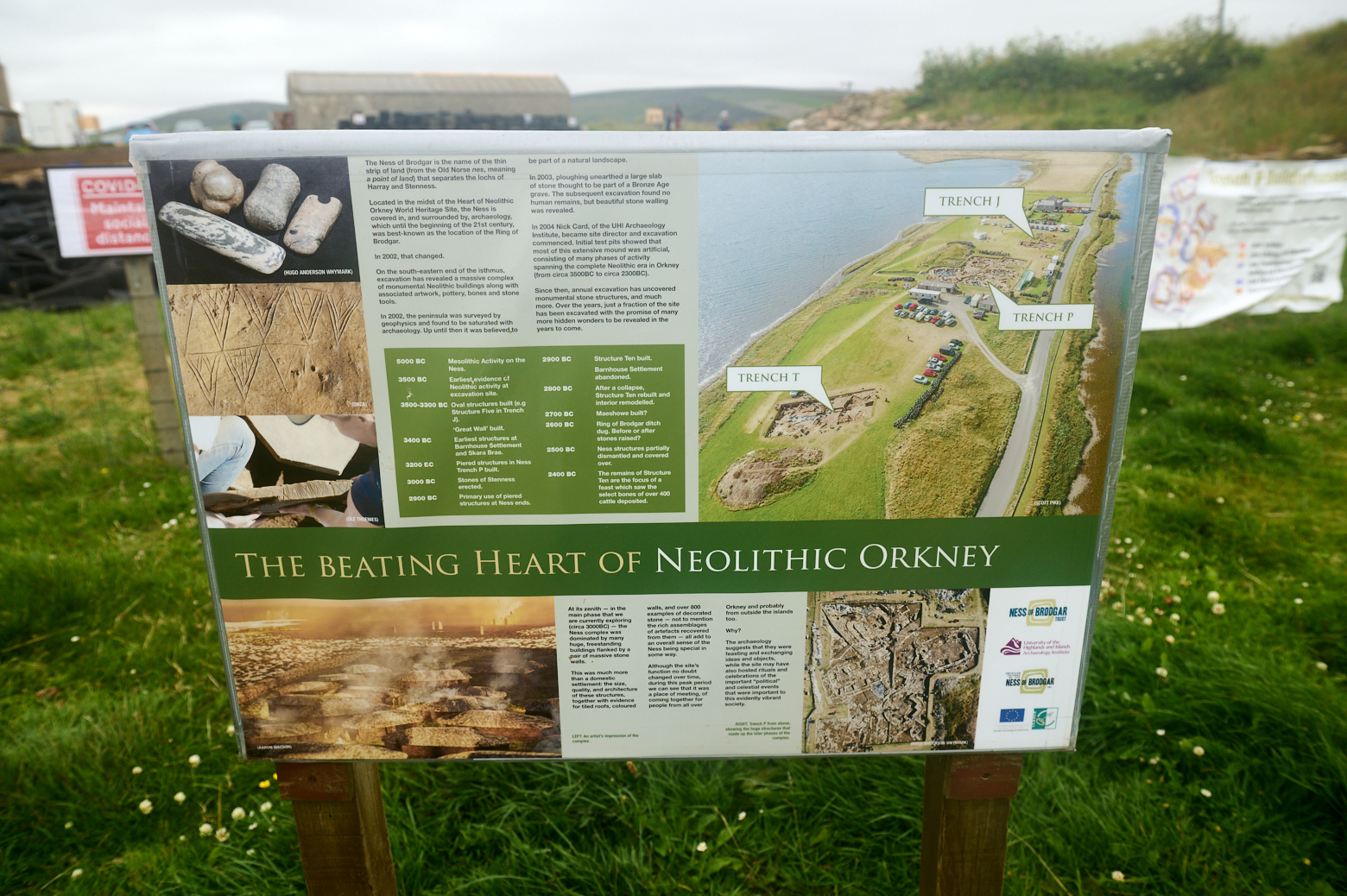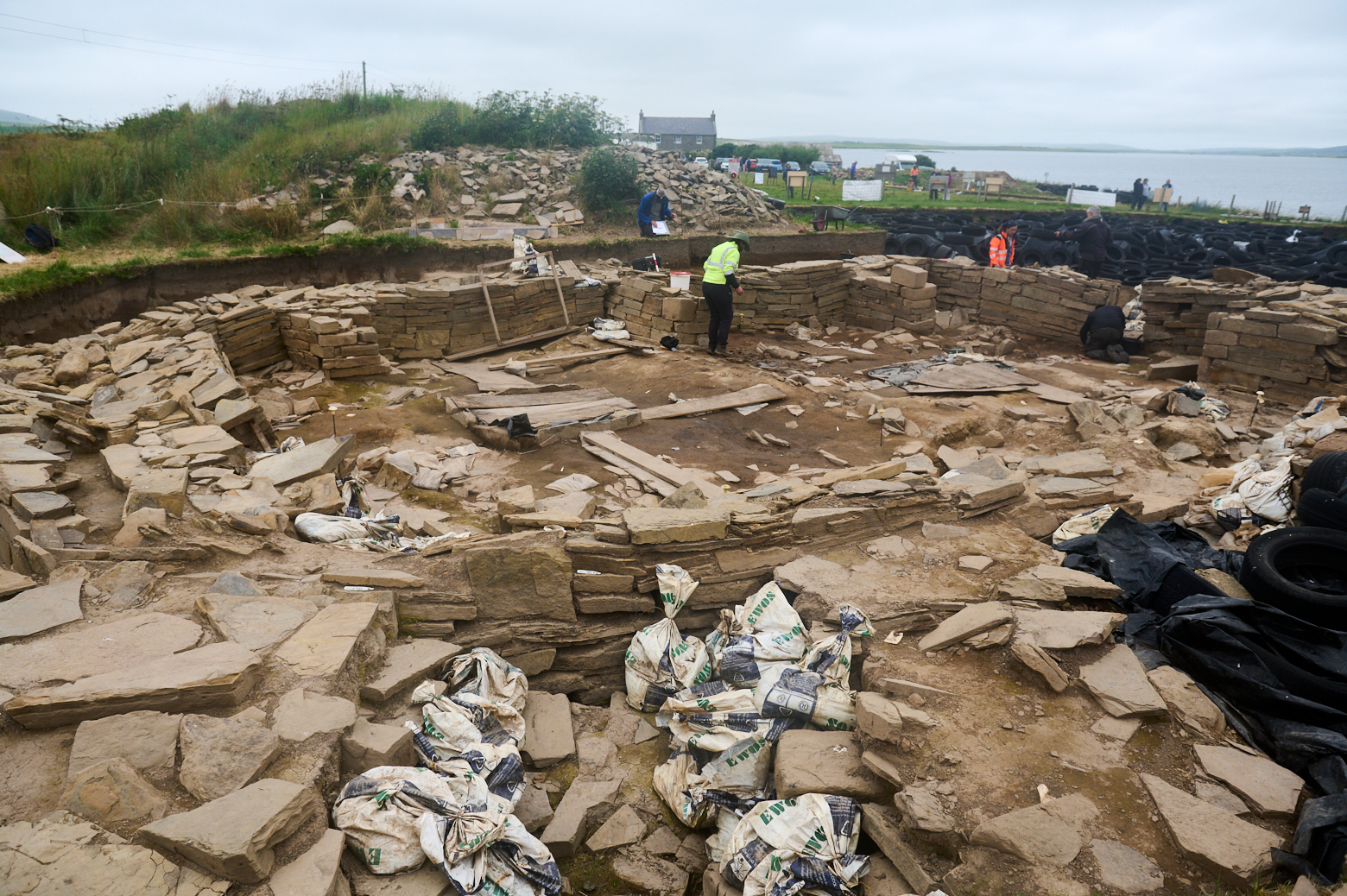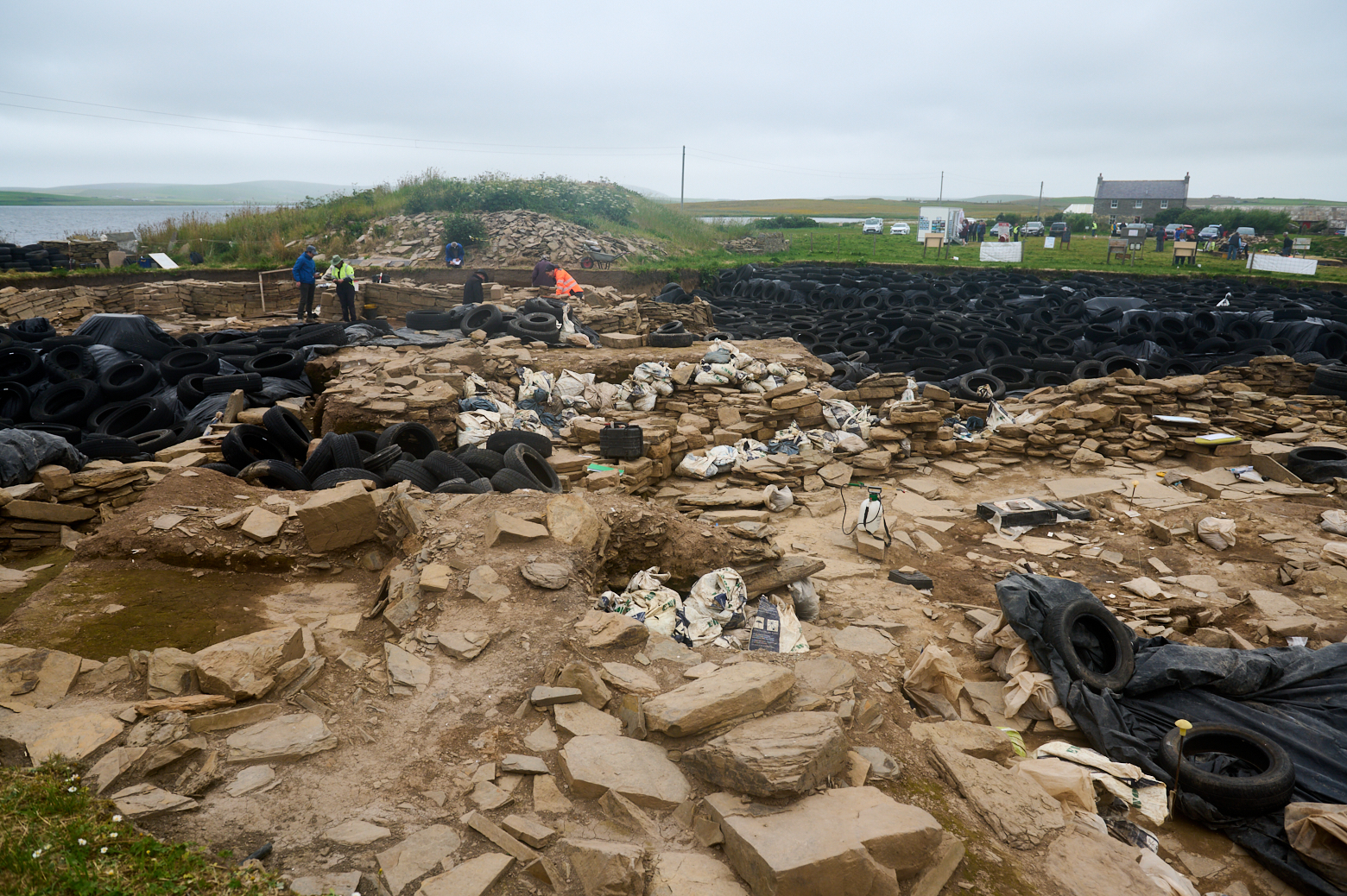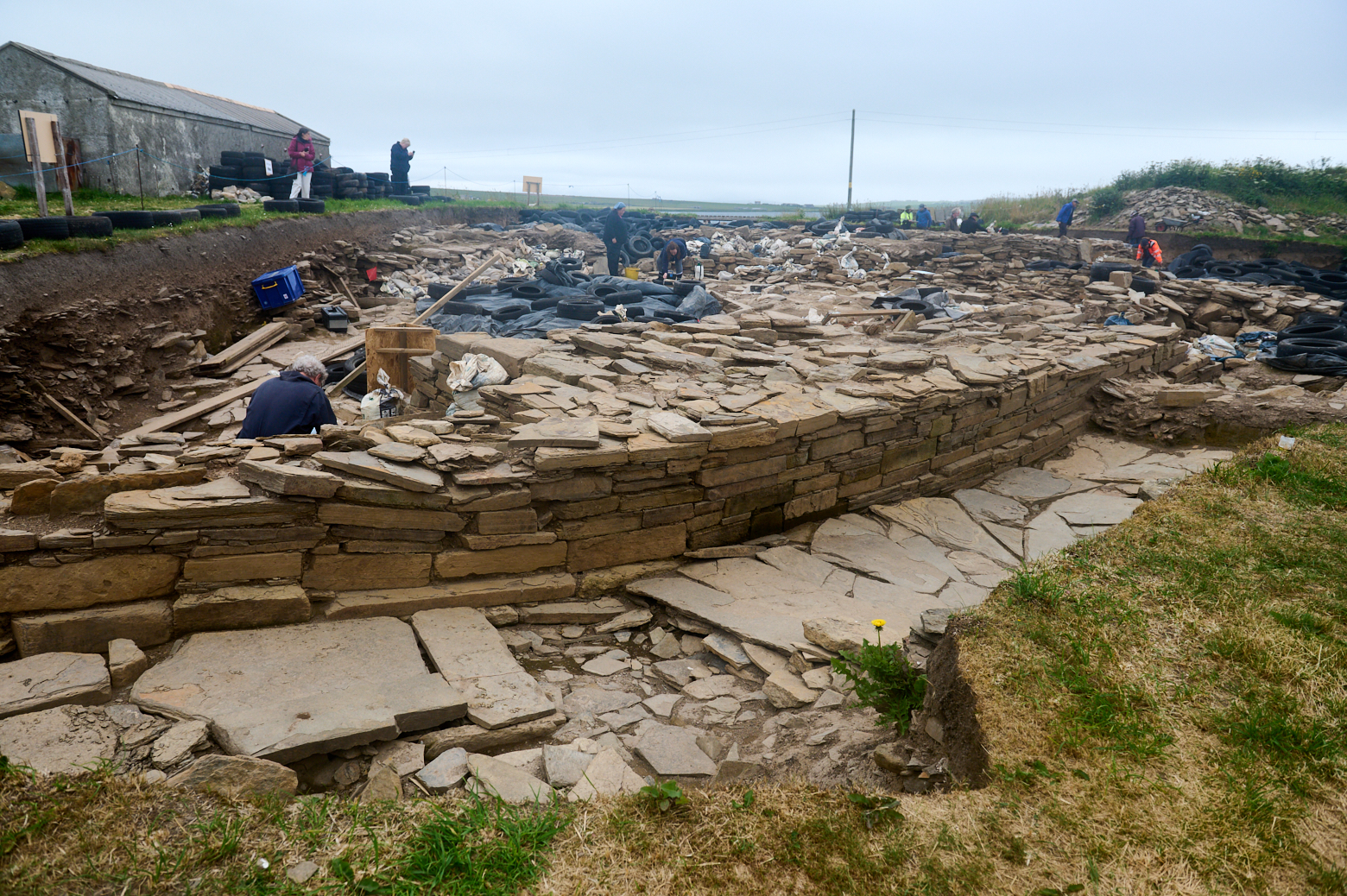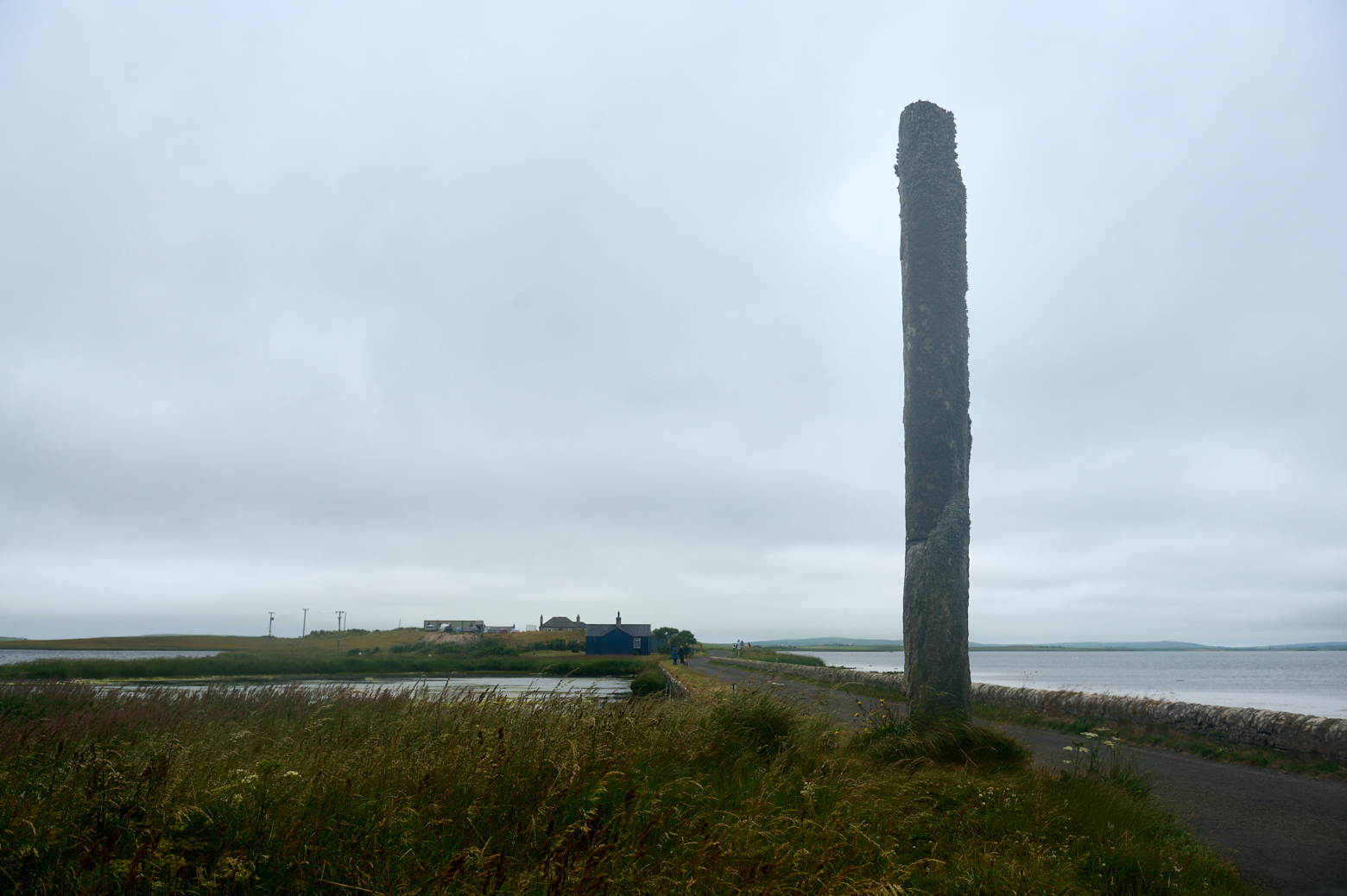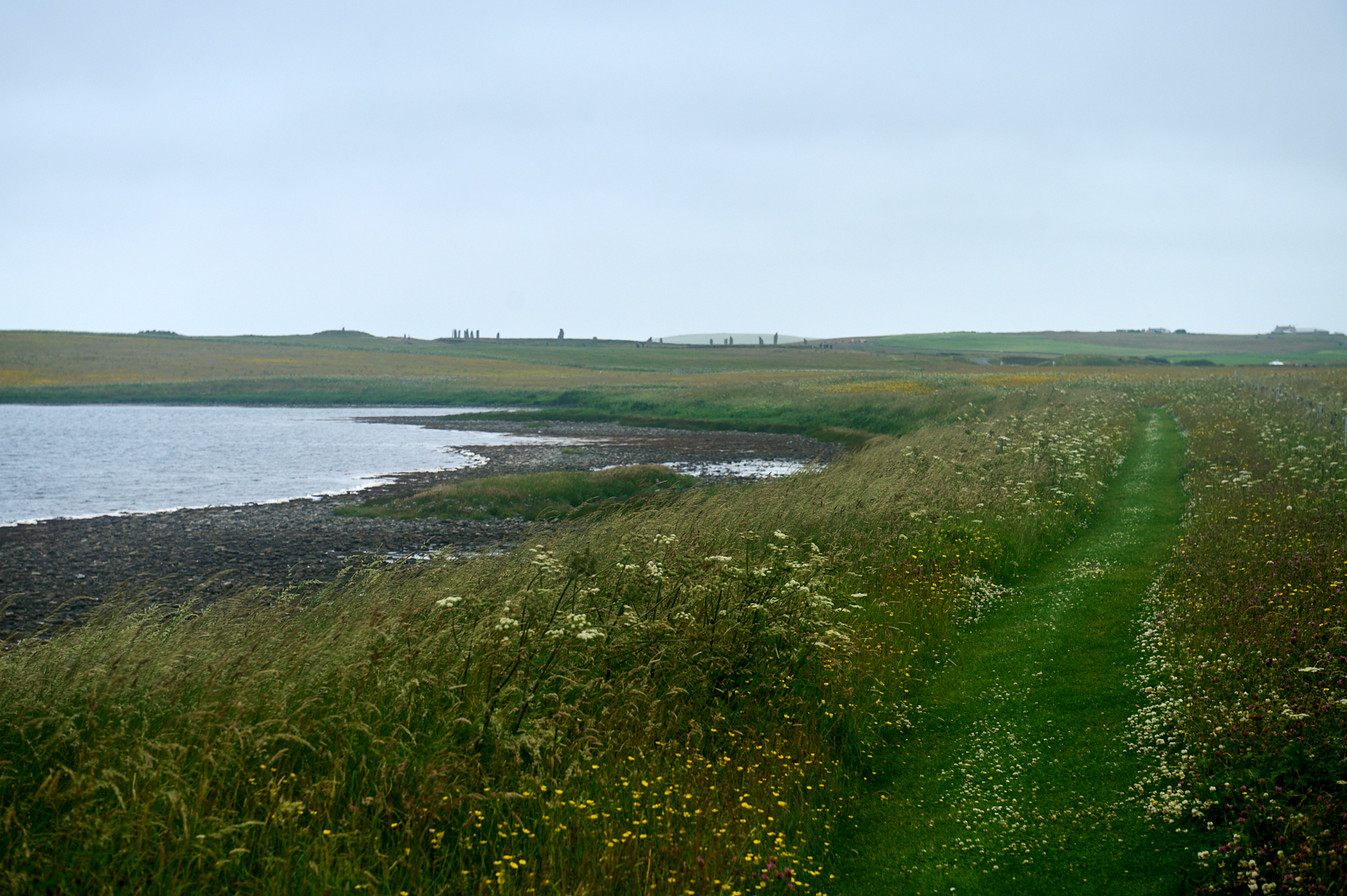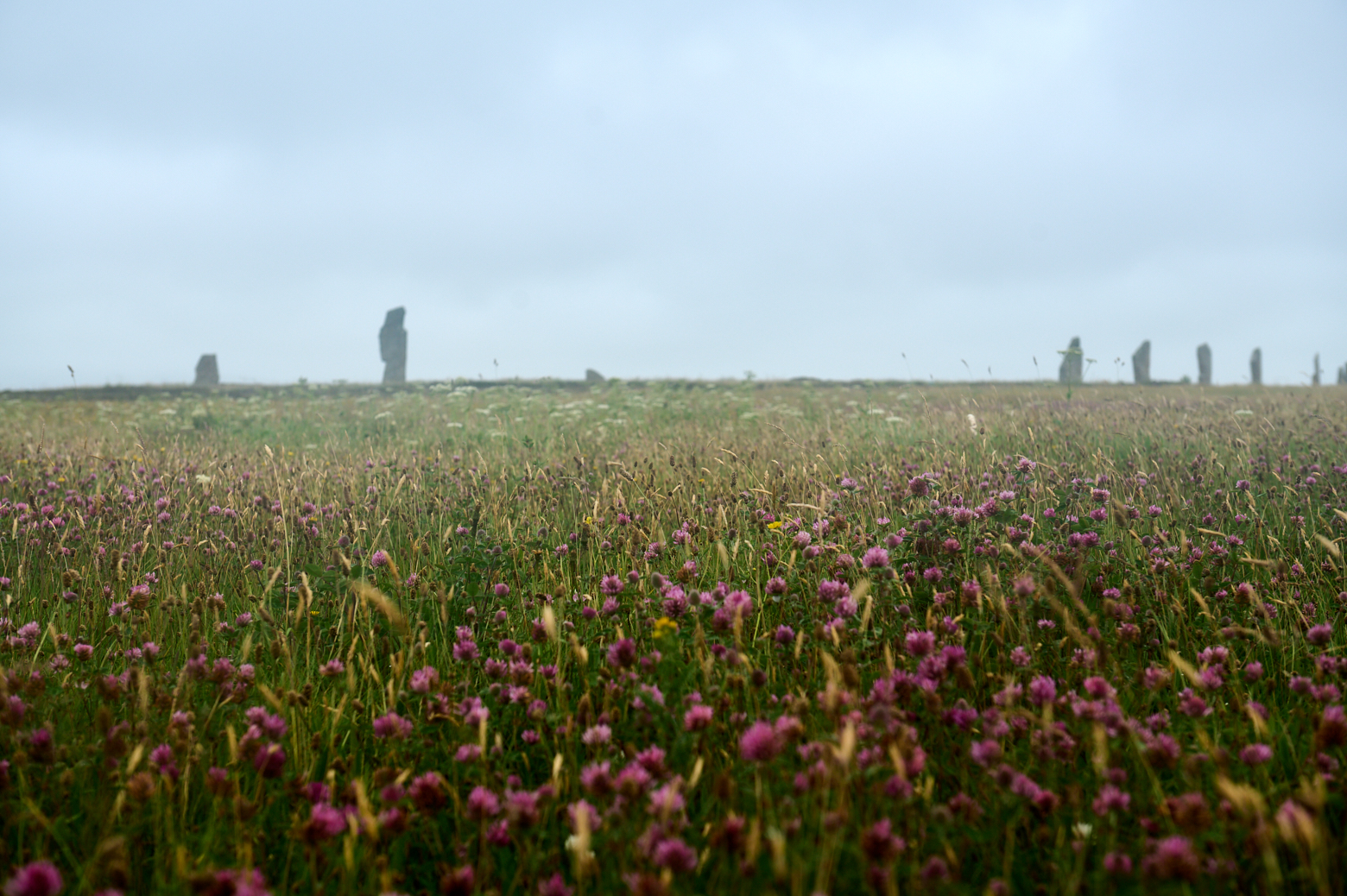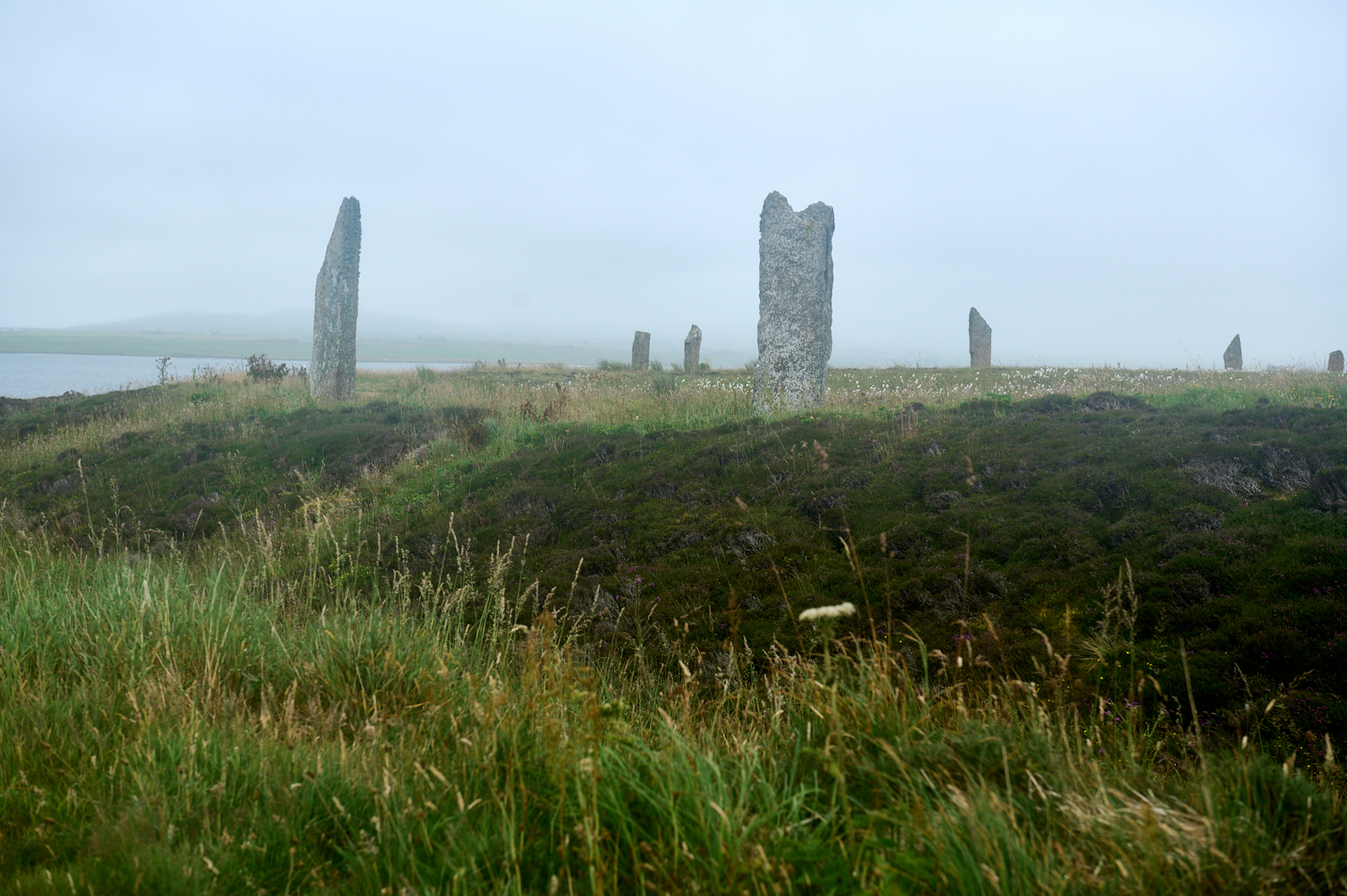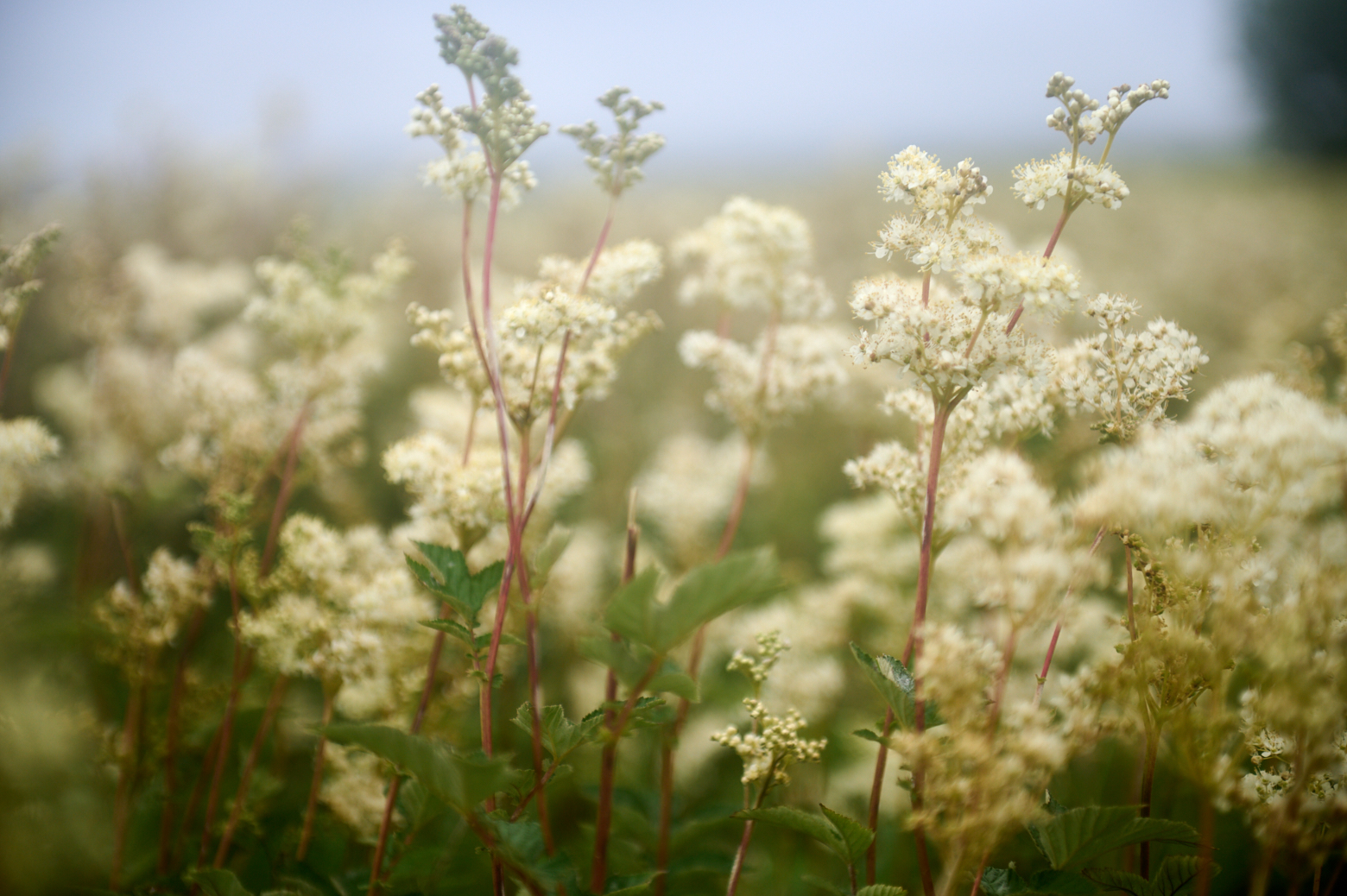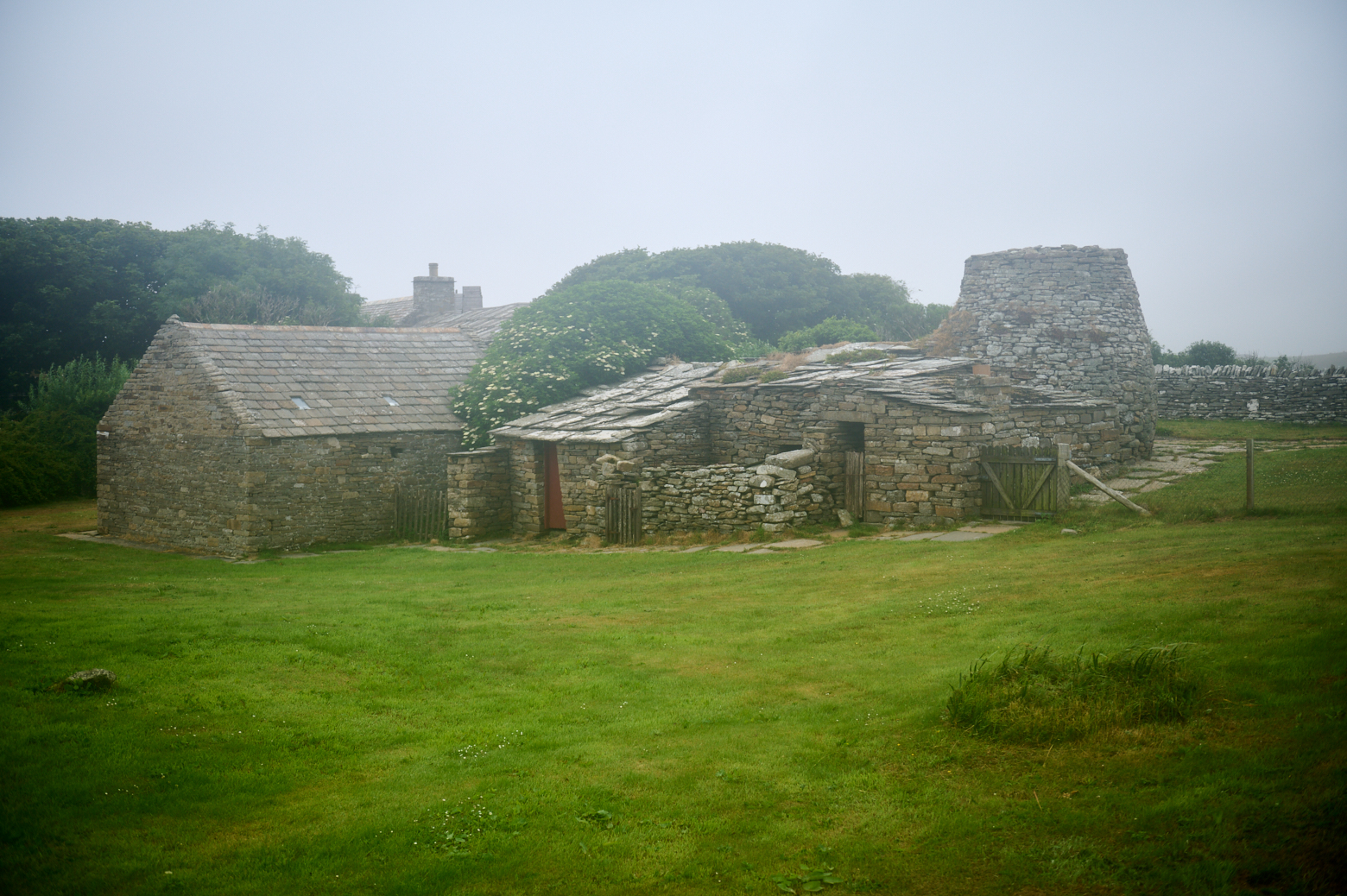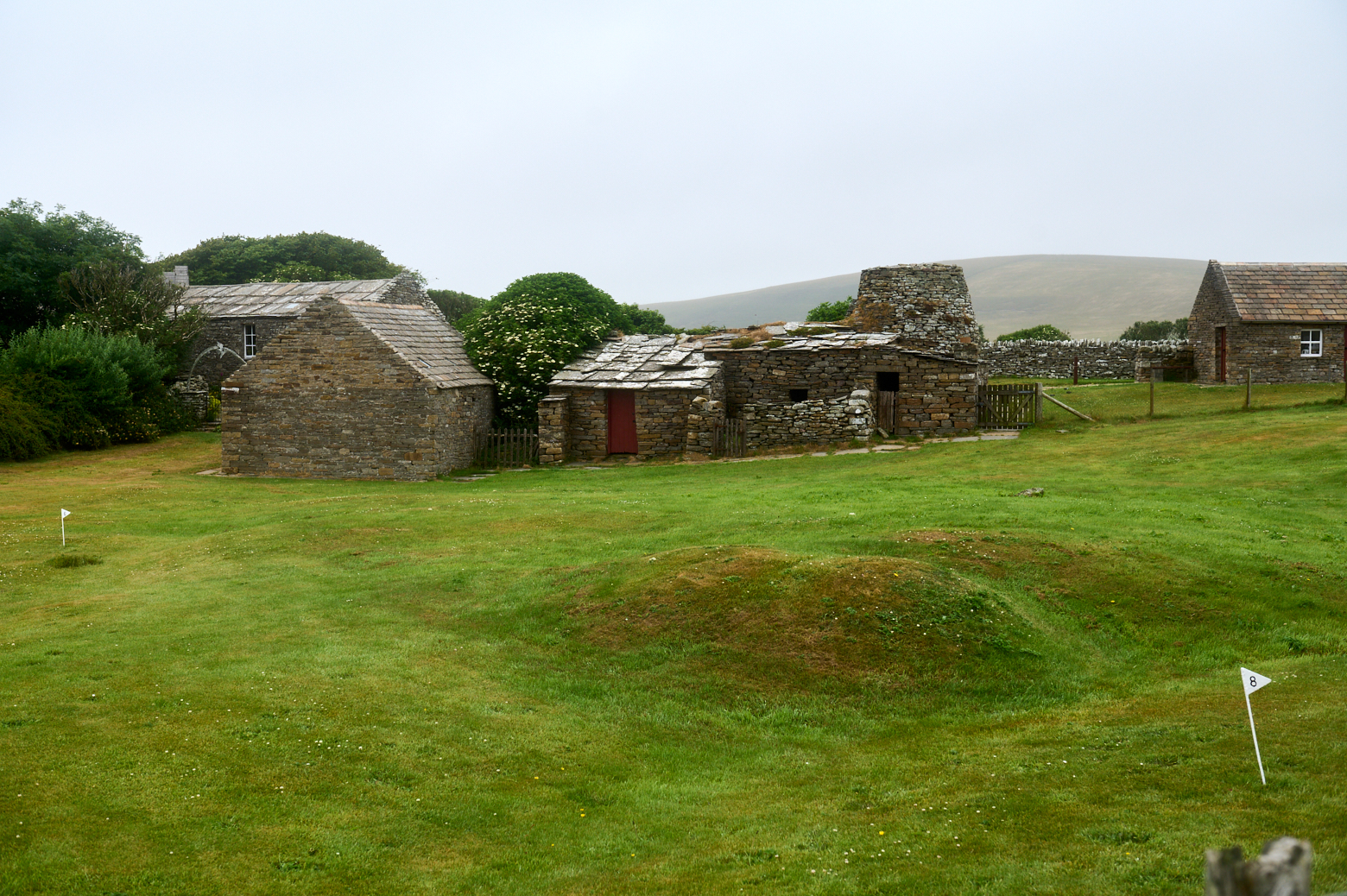Hoy – the island that always had a cloud on top. I was late booking a ferry and only got a return in the afternoon, so I didn´t have that much time to explore it and just have to come back another time to walk to the Old Man of Hoy and also visit the Scapa Flow Museum, which was under renovation.
Today around 400 people live on Hoy but during WW2 13.000 people were stationed on the island. There are still a lot of reminders of that time. But let´s start at the beginning.
Betty Corrigan’s Grave
While on the way to Rackwick beach I stopped at this little grave of a Betty Corrigan next to a hillside loch and near a tiny forest, an unusual sight in Orkney. But overall Hoy reminded me more of the Highlands than the other Orkney, which seemed so much softer with its rolling hills.

The story of Betty Corrigal is a sad one. In the 1770s, at the age of 27, she was unmarried and pregnant; the father of her child had run away to sea. In a time when this was frowned upon, she tried to take her own life by walking into the sea. She was rescued but went on to hang herself a few days later. Her body was buried in the hills, on unconsecrated land between the parishes of North Walls and Hoy. (Northlinkferries.com)
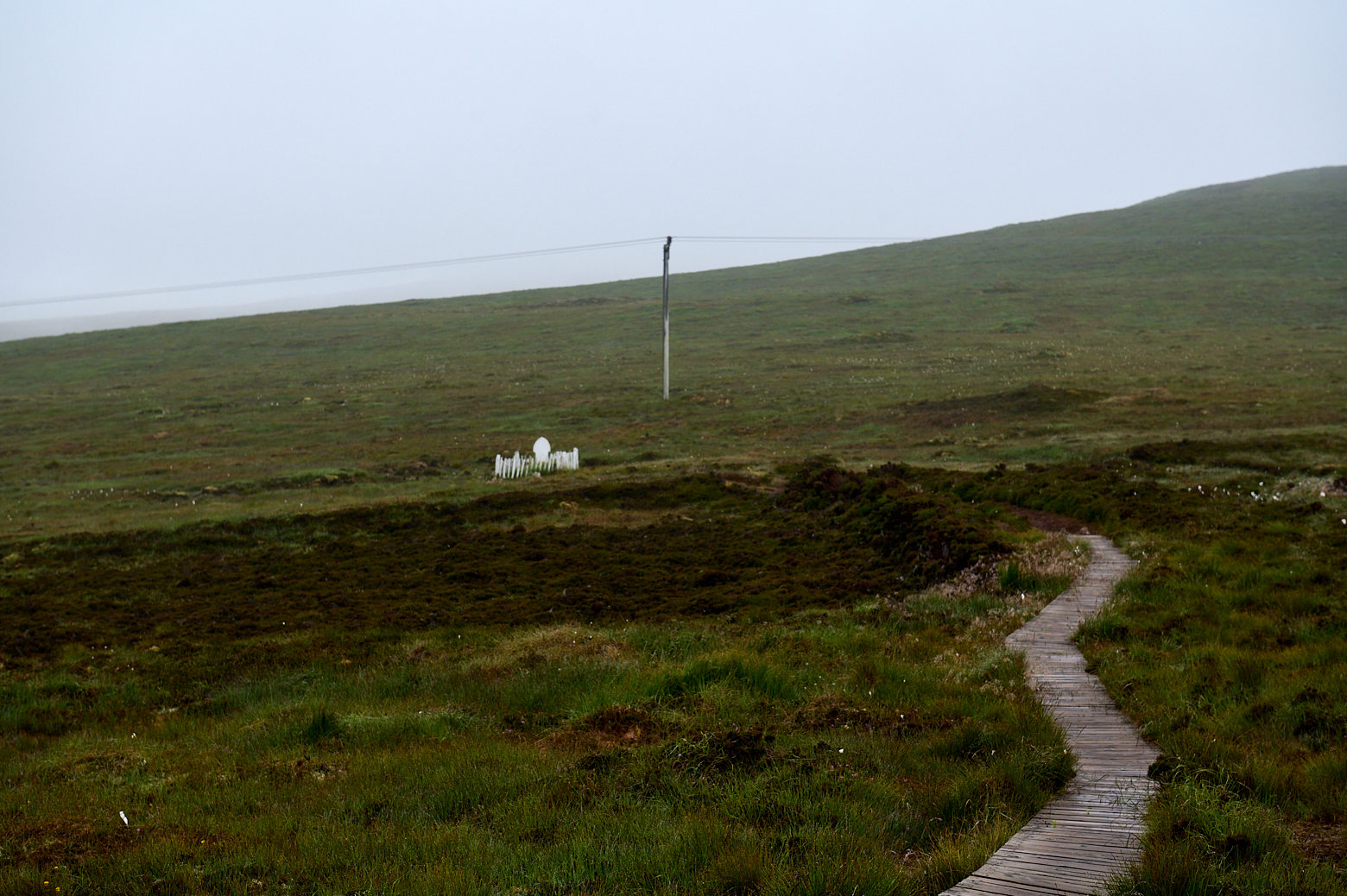
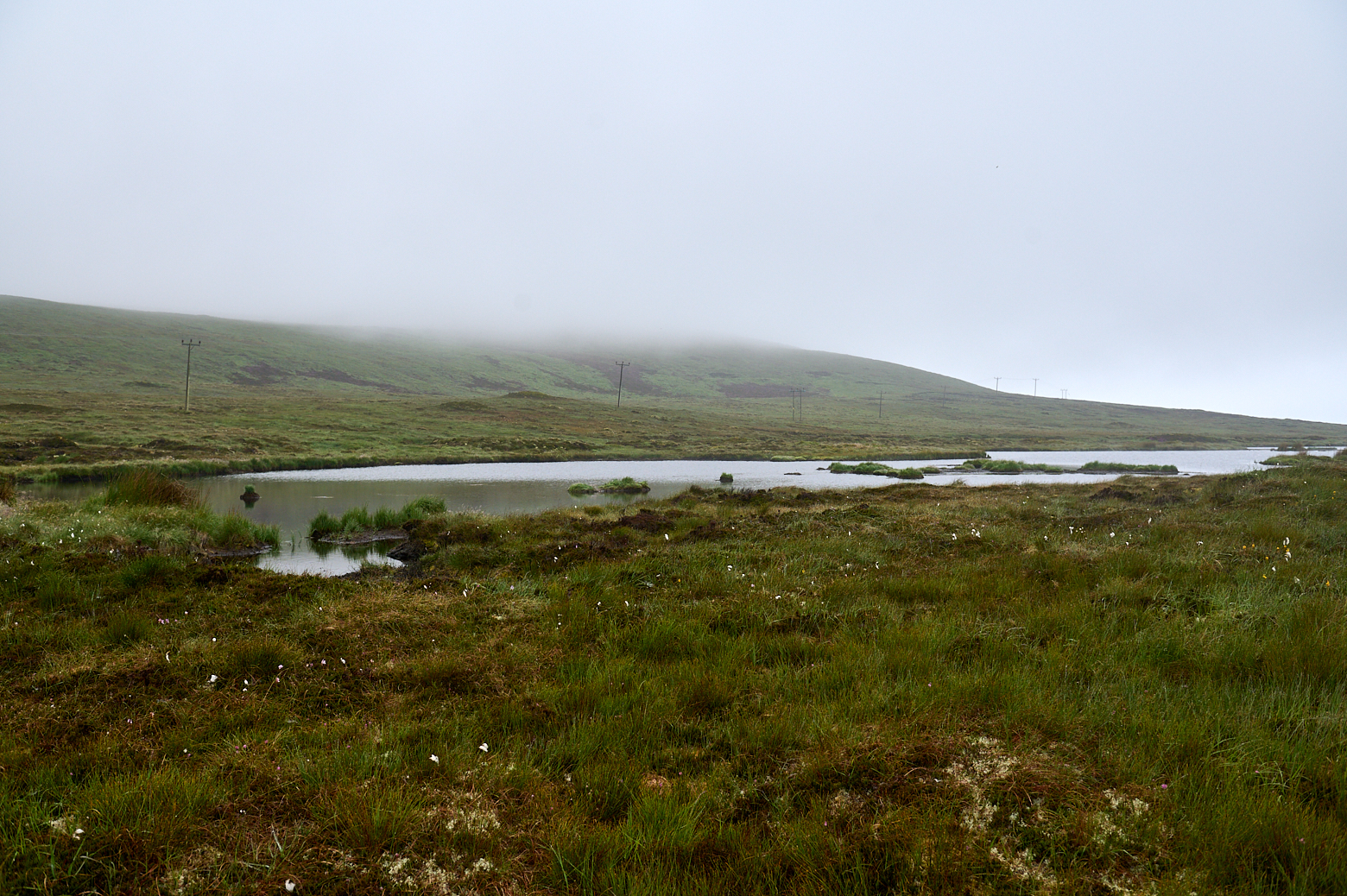
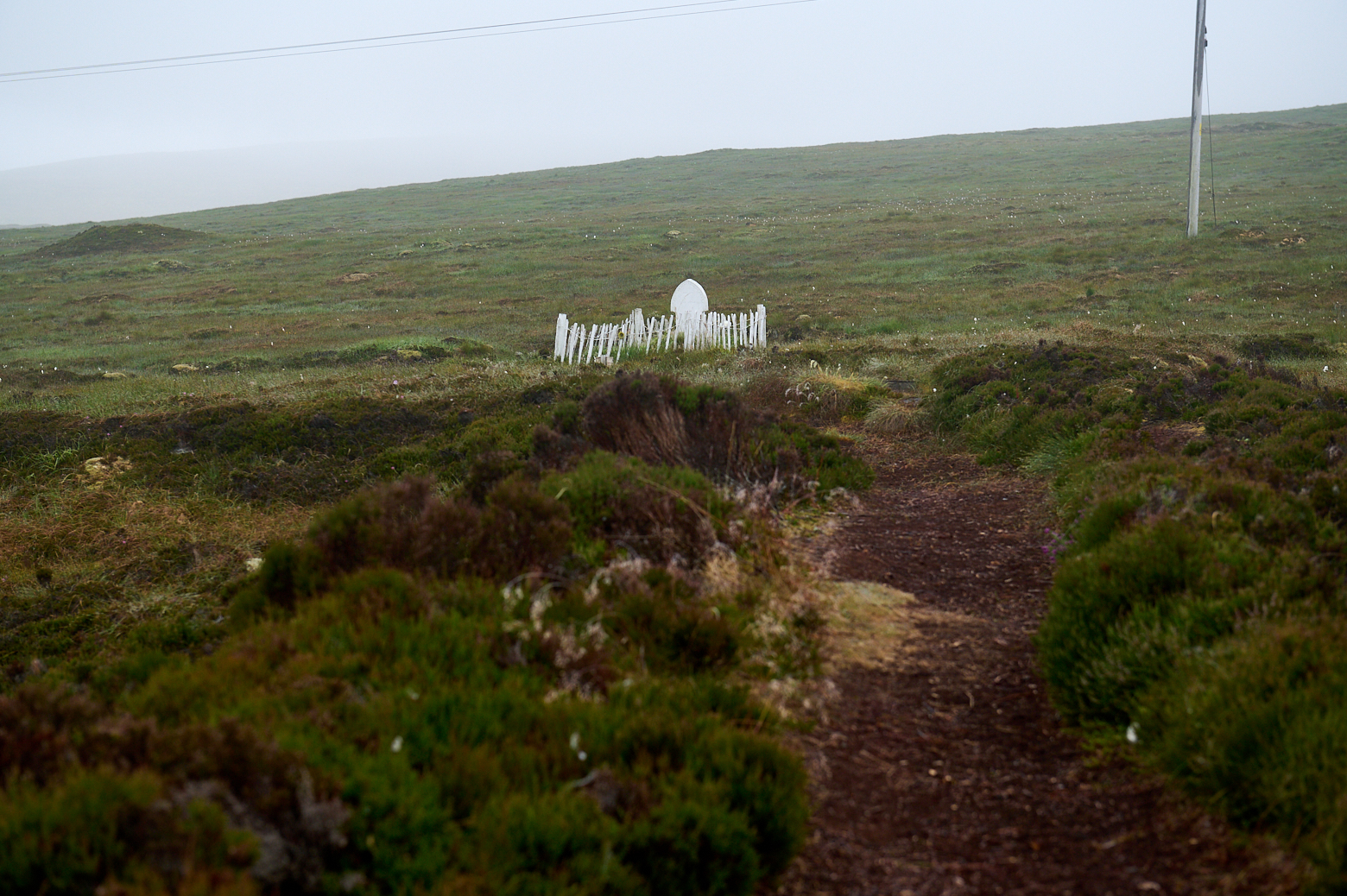
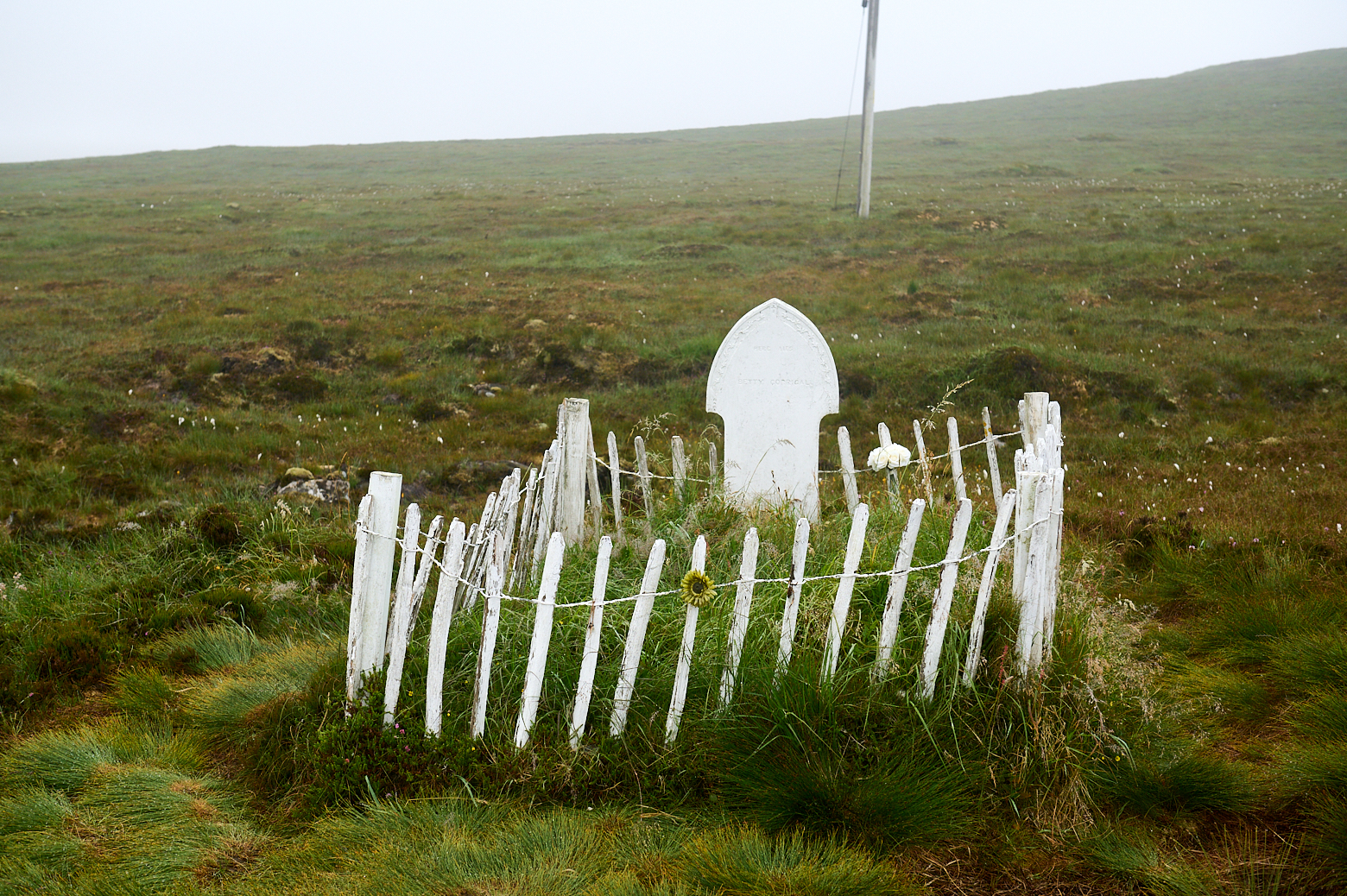
Rackwick Beach
I continued my journey towards Rackwick valley, which is just picturesque. Surrounded on three sides by hills and a white beach on the fourth side.
It was once populated by crofters and fishermen who lived in crofts with evocative names; Scar, Groups, Crow’s Nest. These crofts were abandoned and have since been rebuilt as holiday homes for Orkney folk who visit Rackwick at the weekend. (Northlinkferries.com)
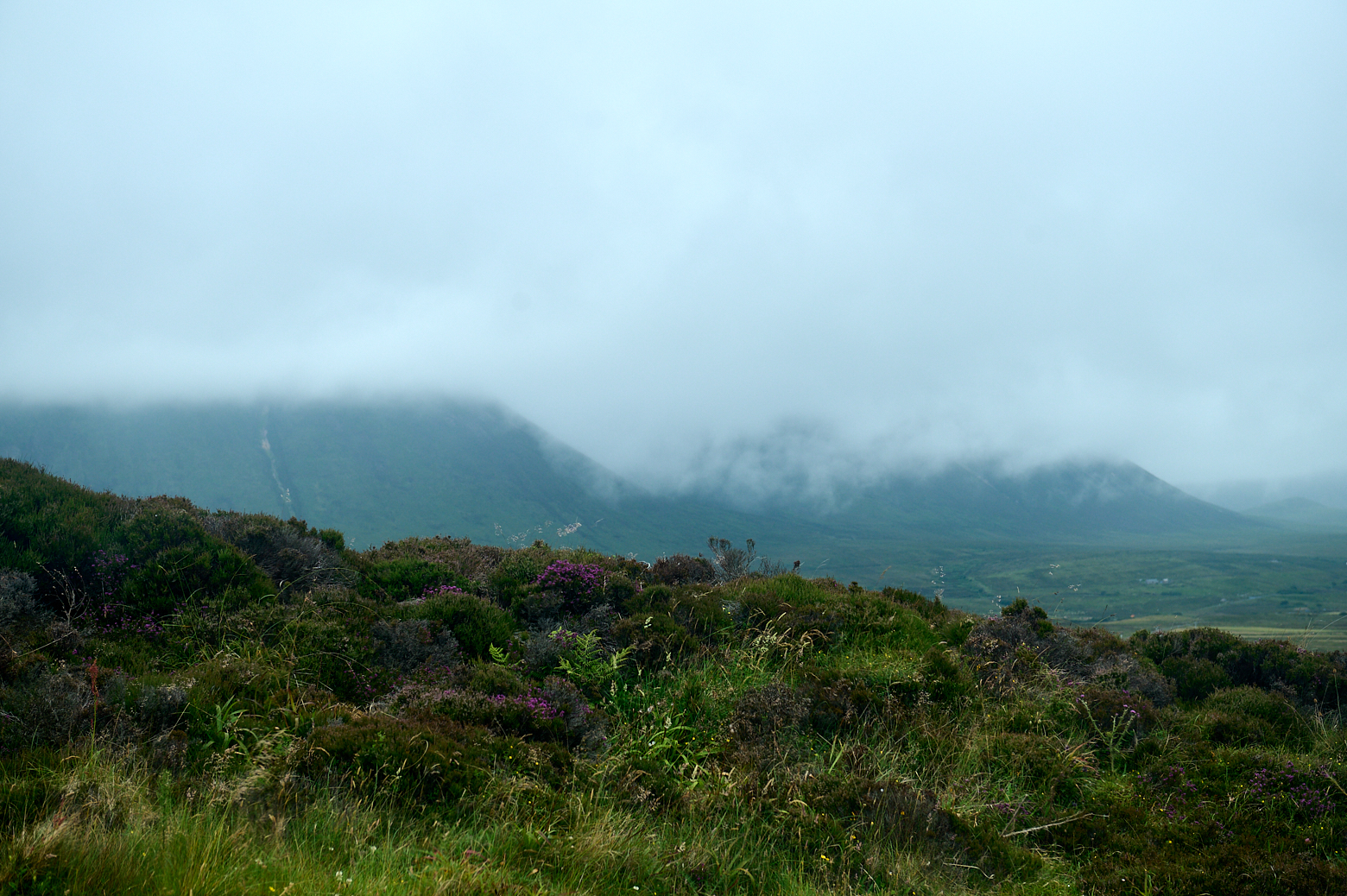
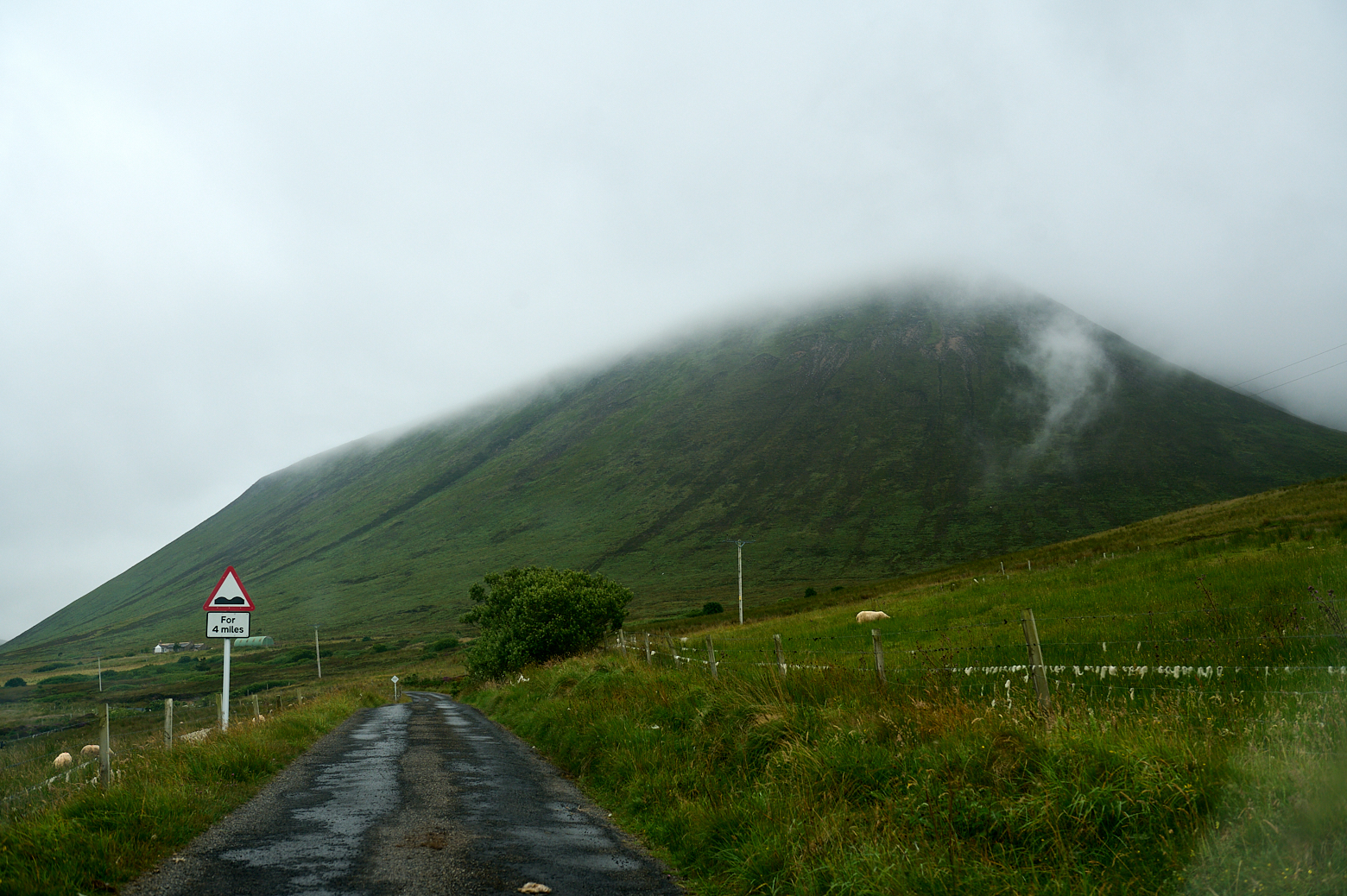
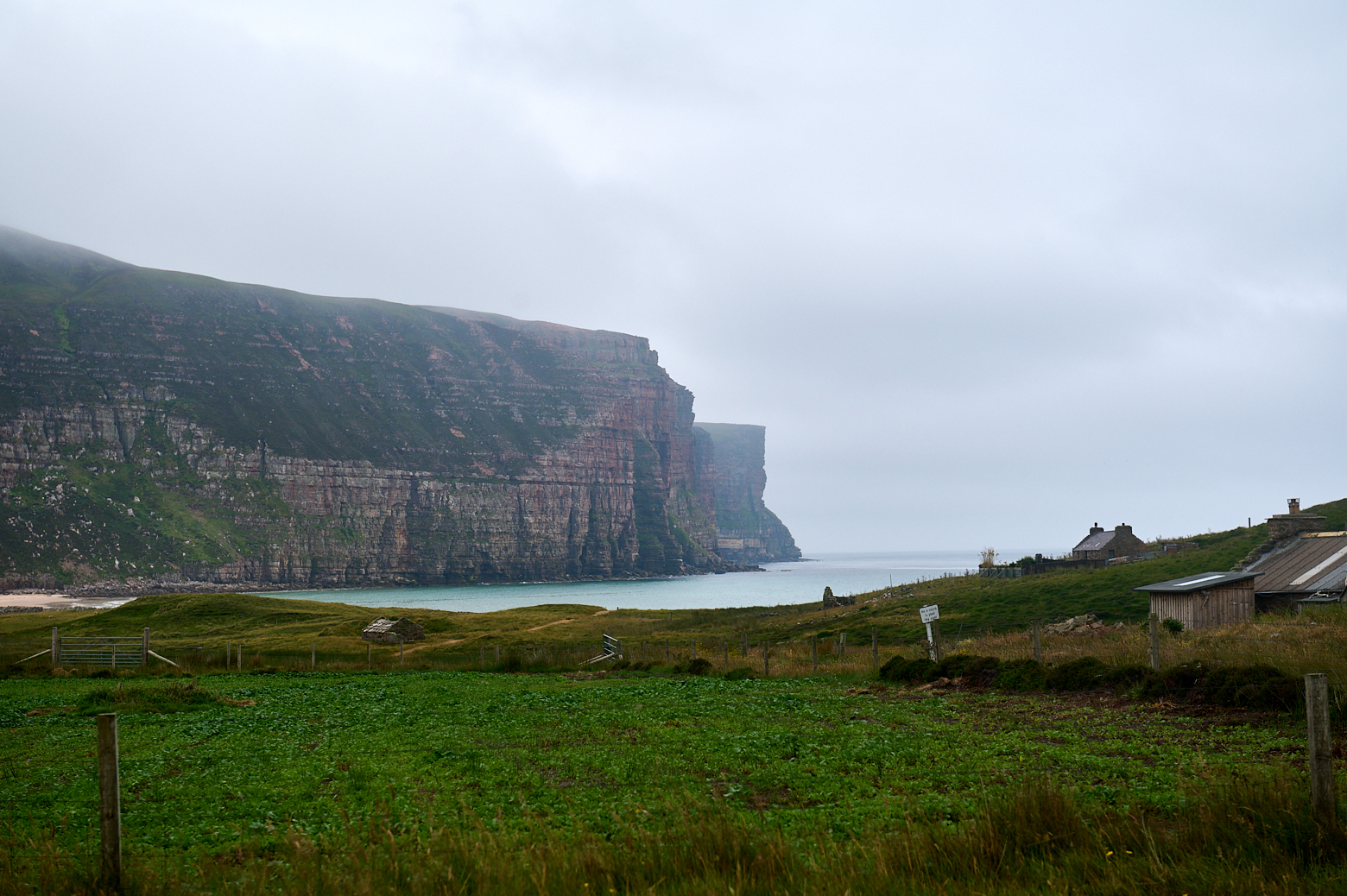

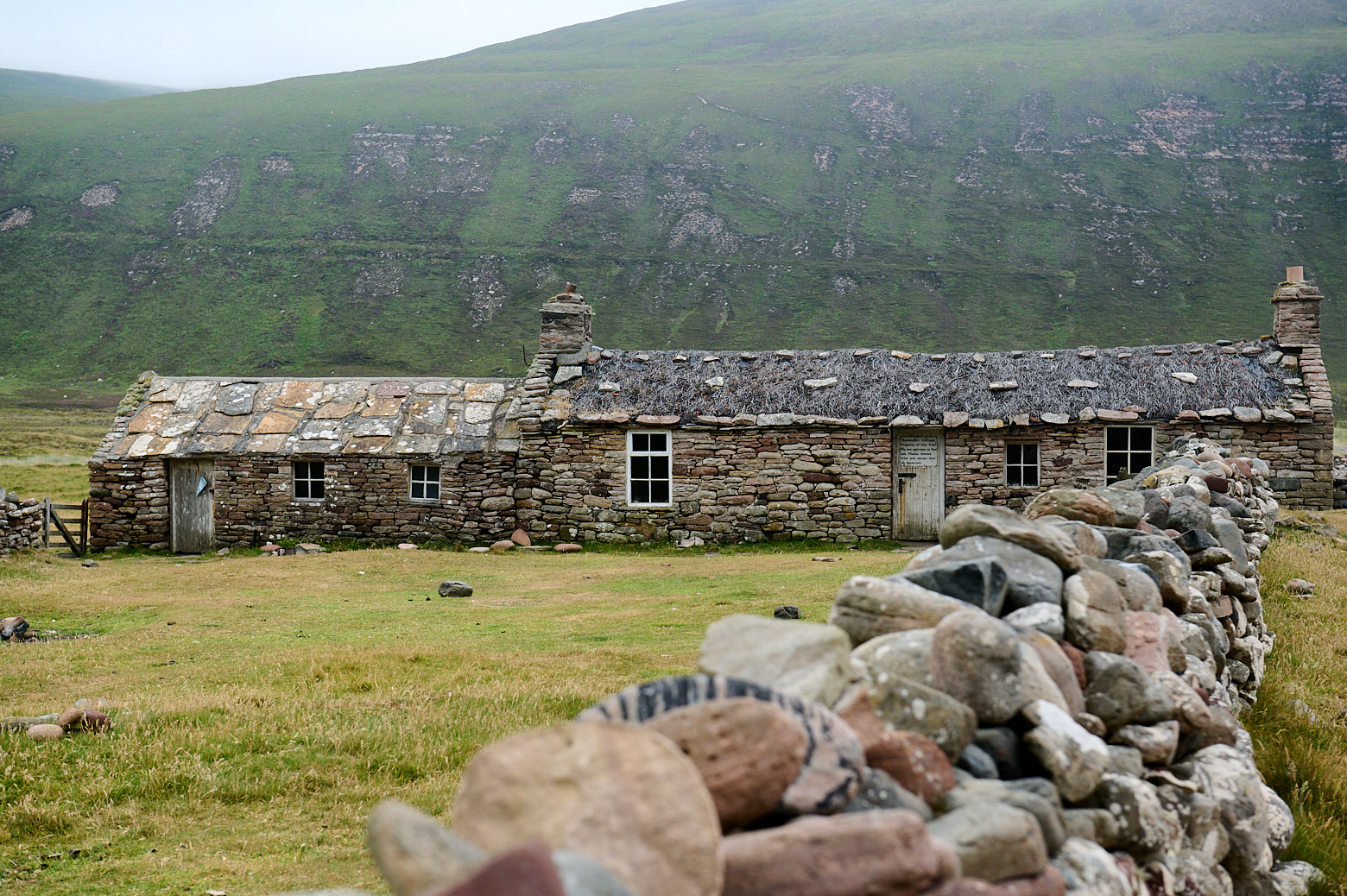
A lovely bothy next to the beach, ideal for a quick stay for a night.
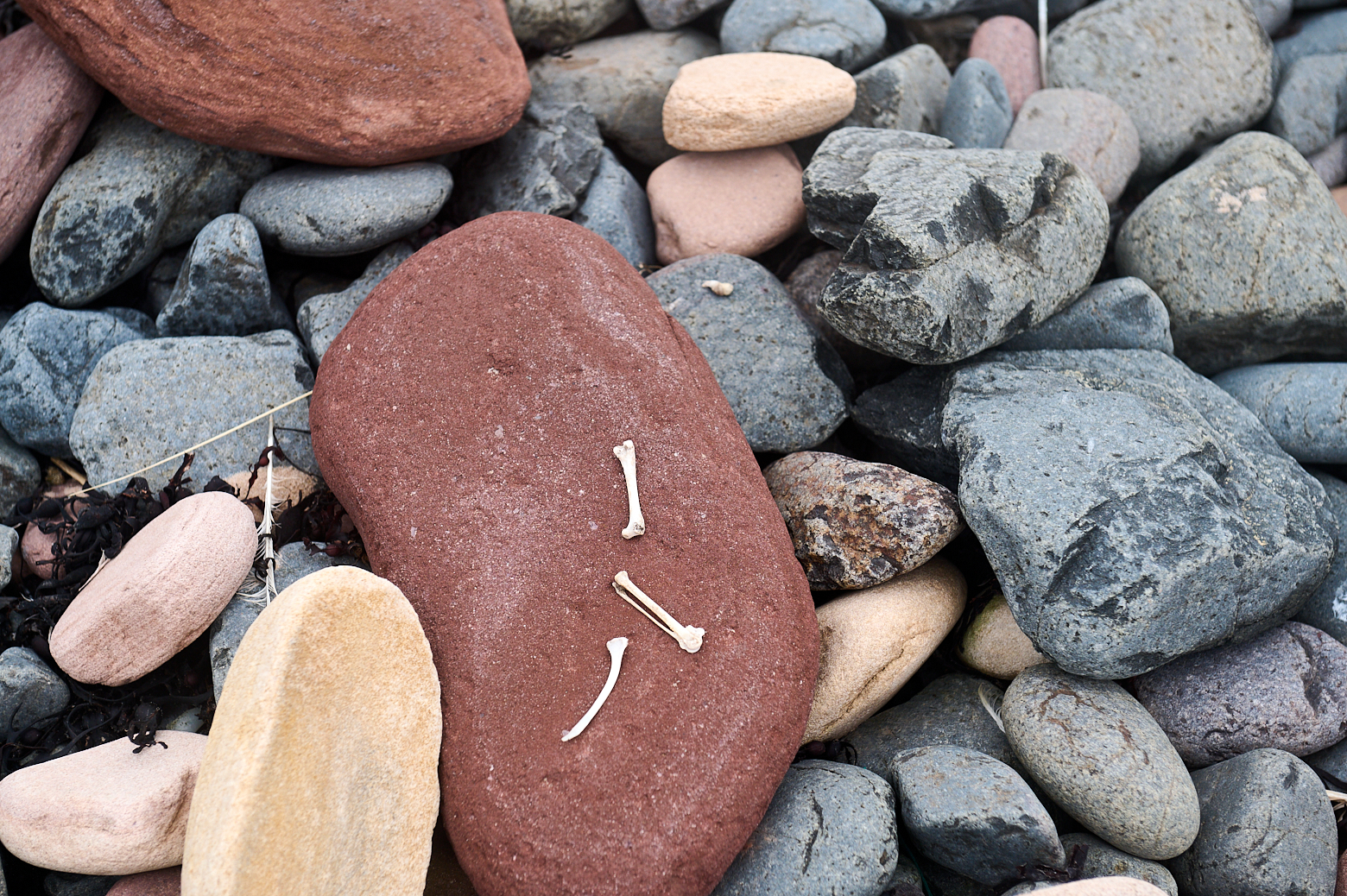
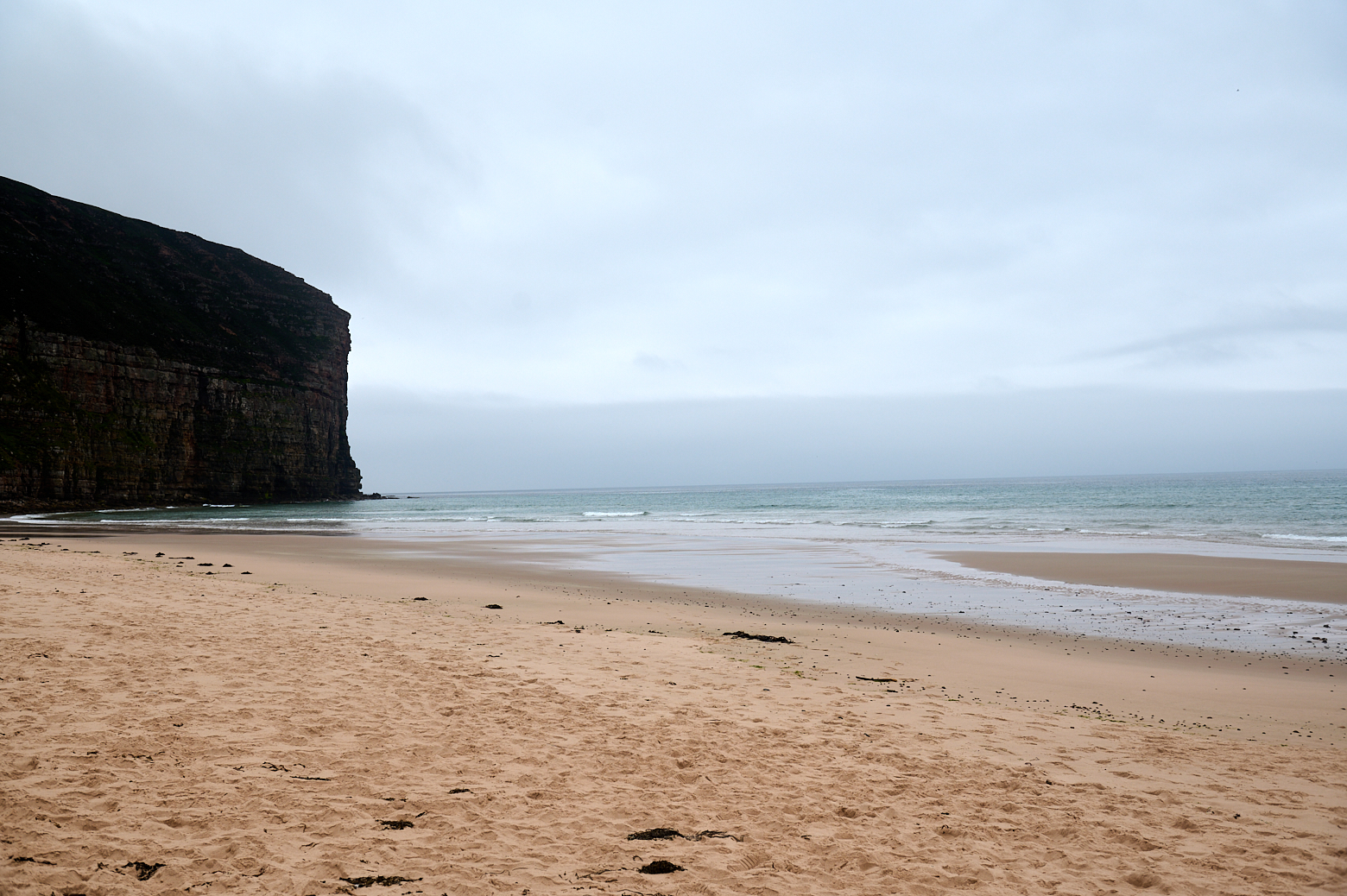

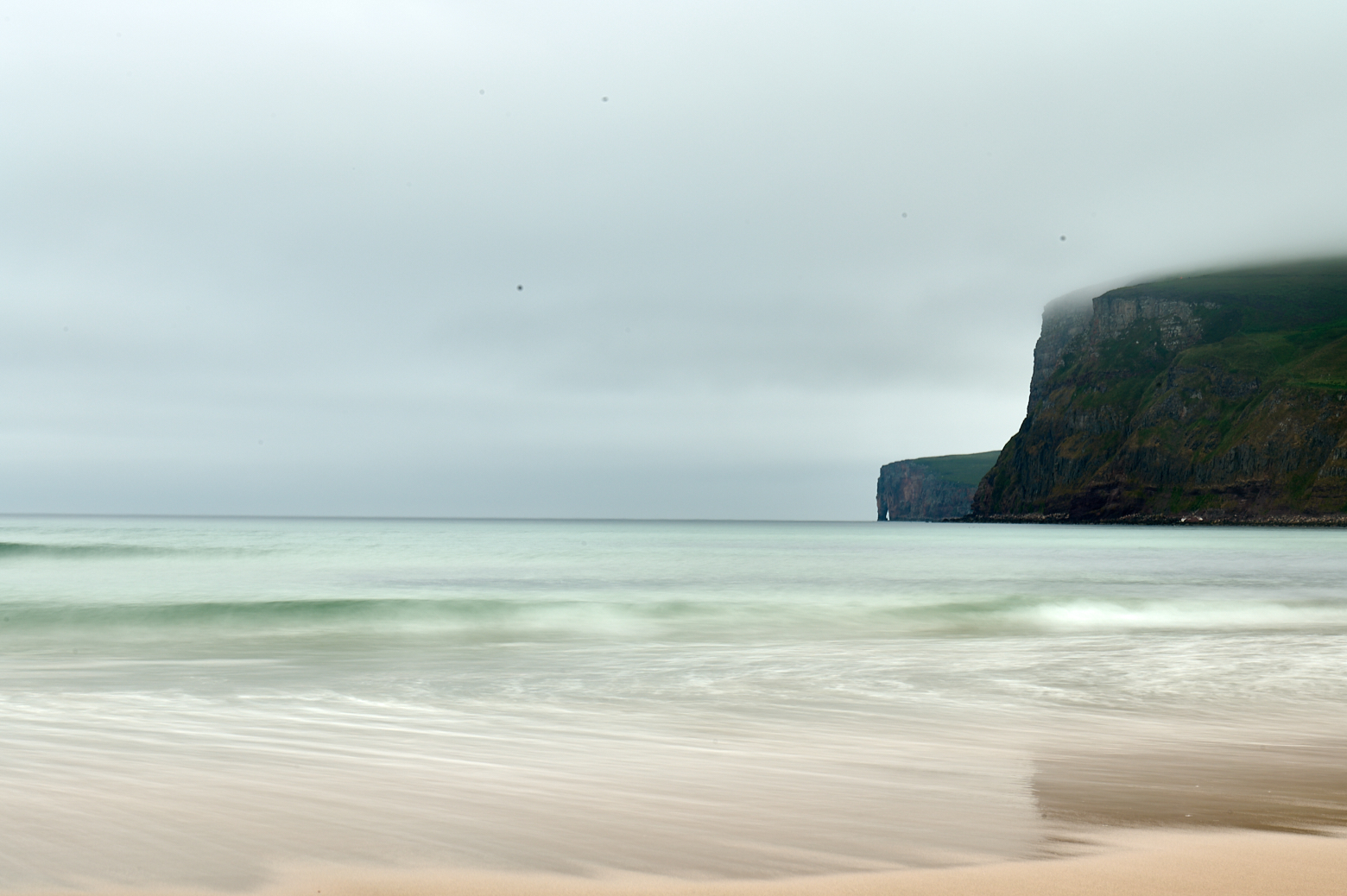
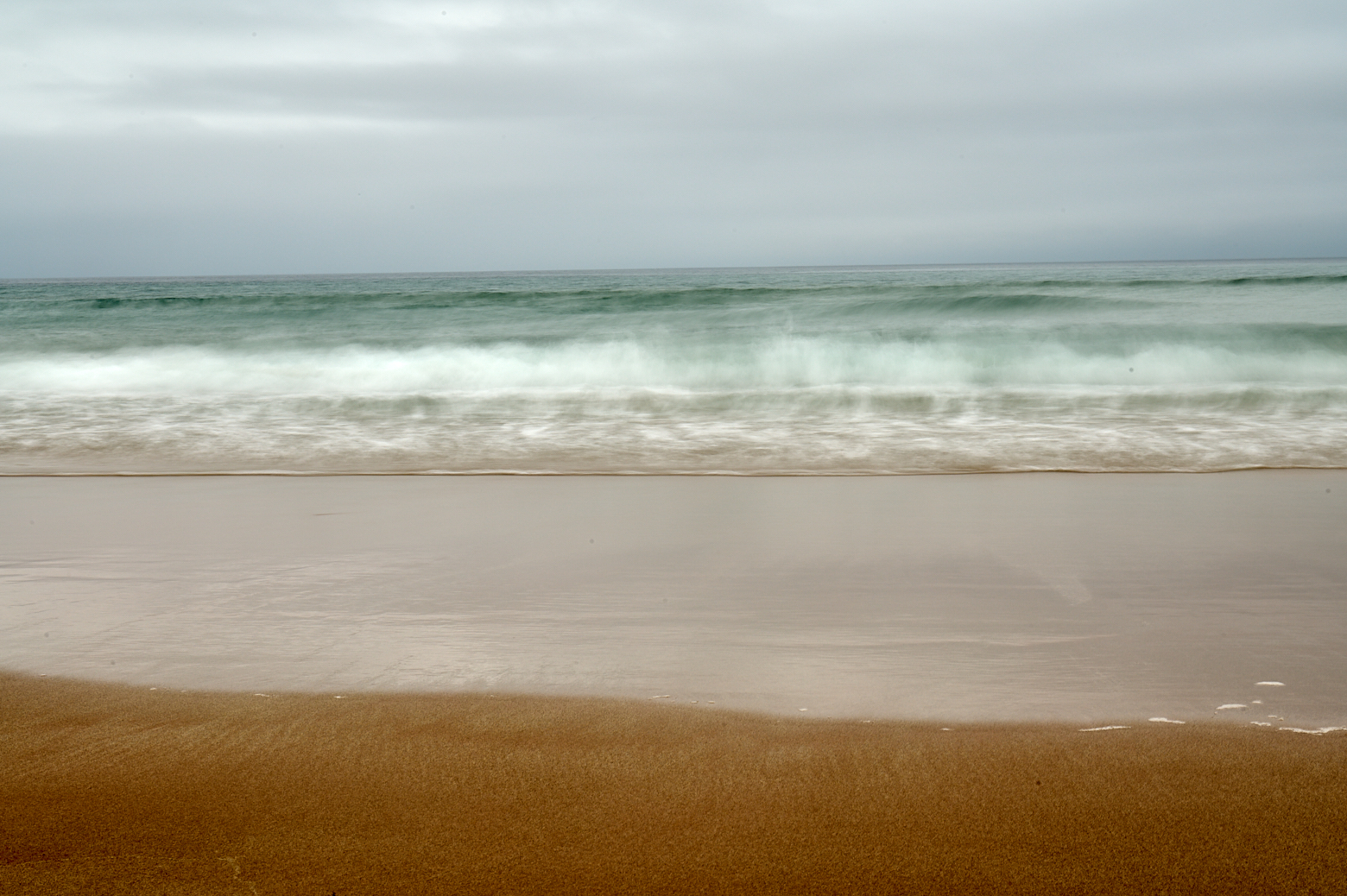
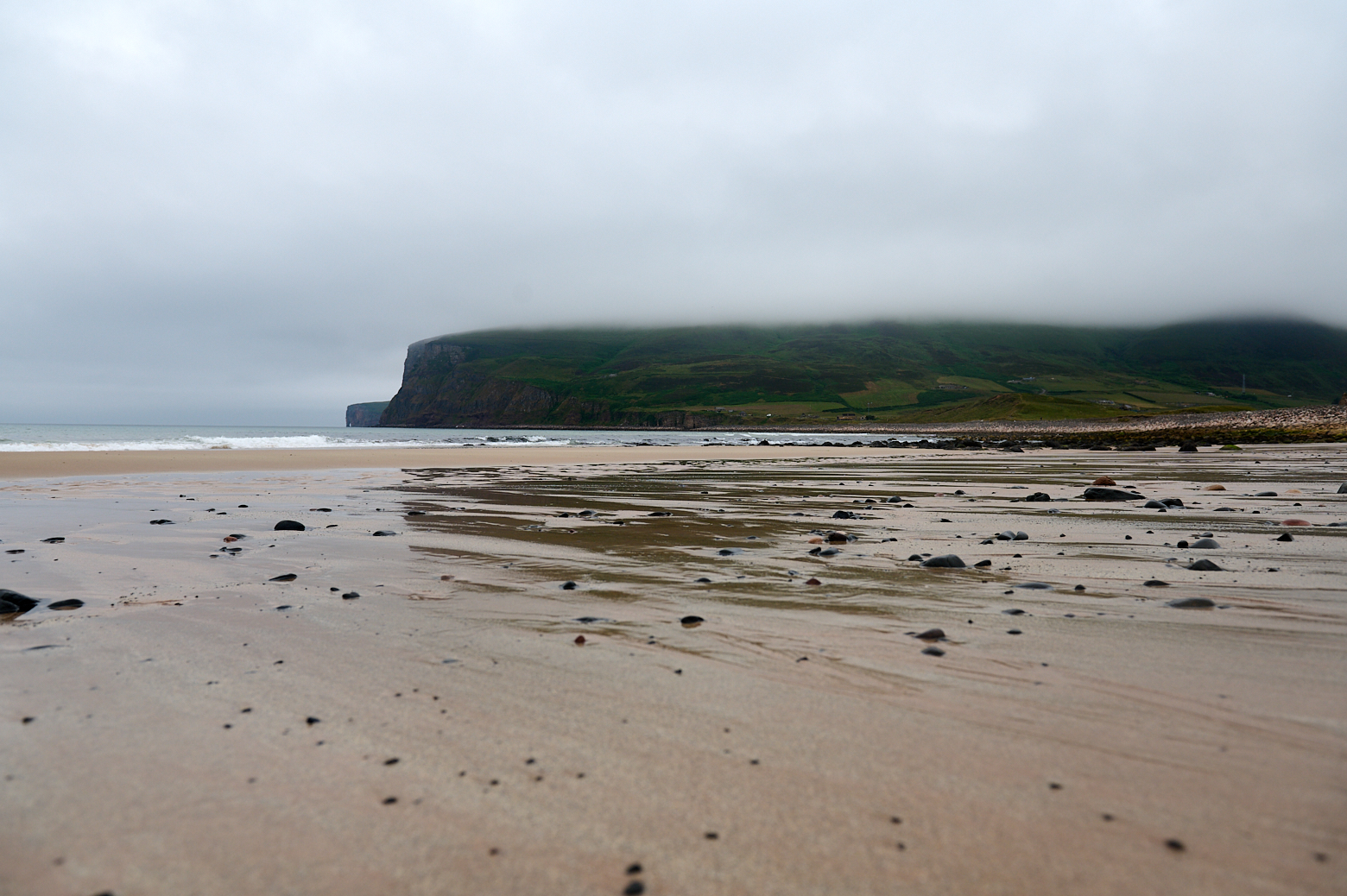
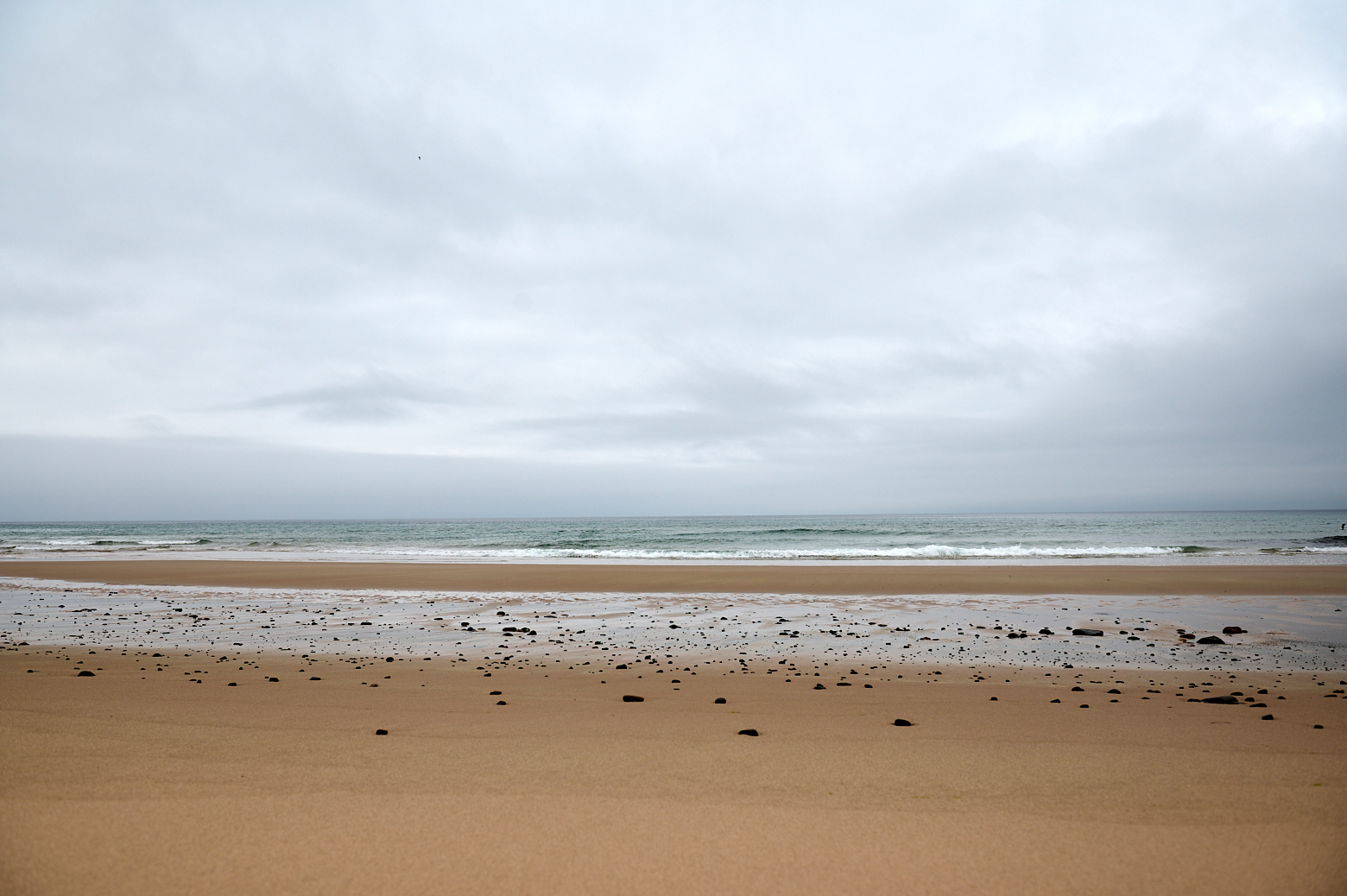
After a long walk on the beach, it was time to head the same way back and visit another grave, more about that one next time!
